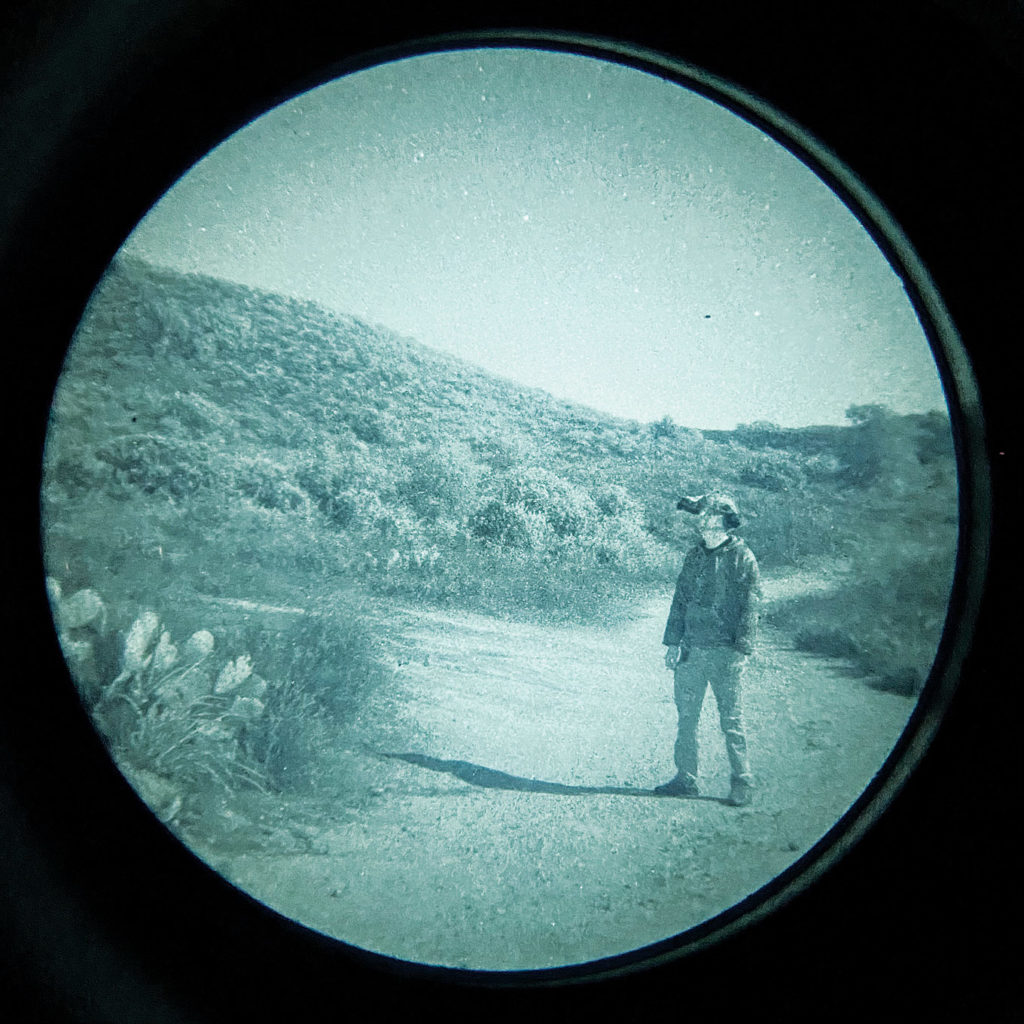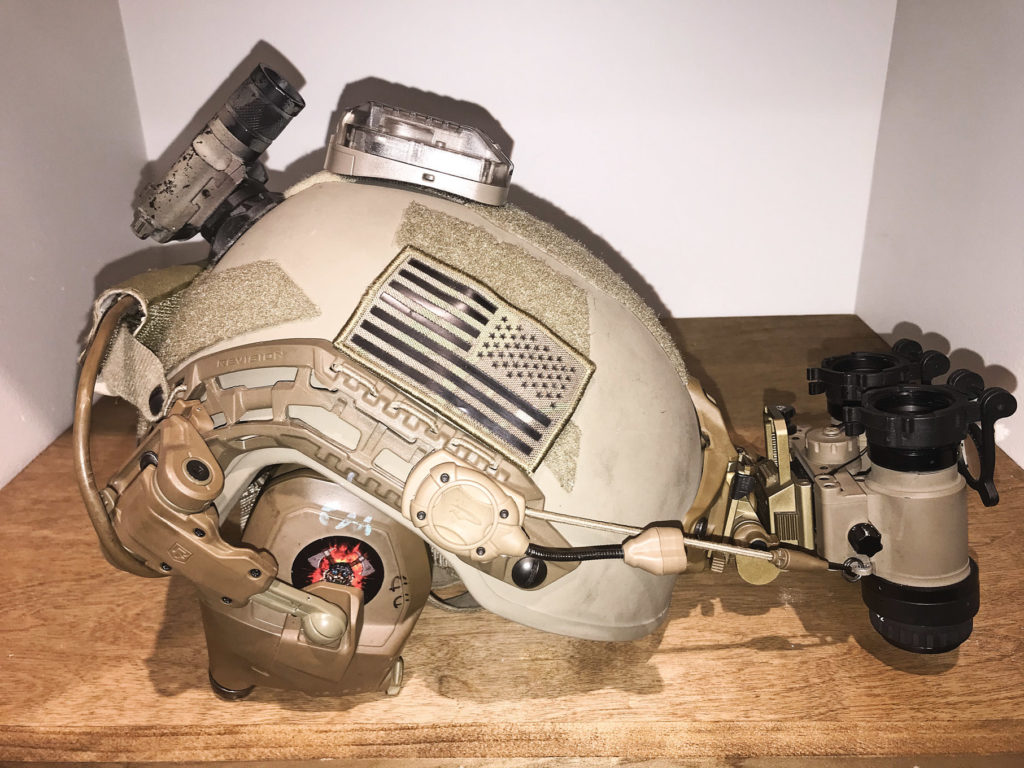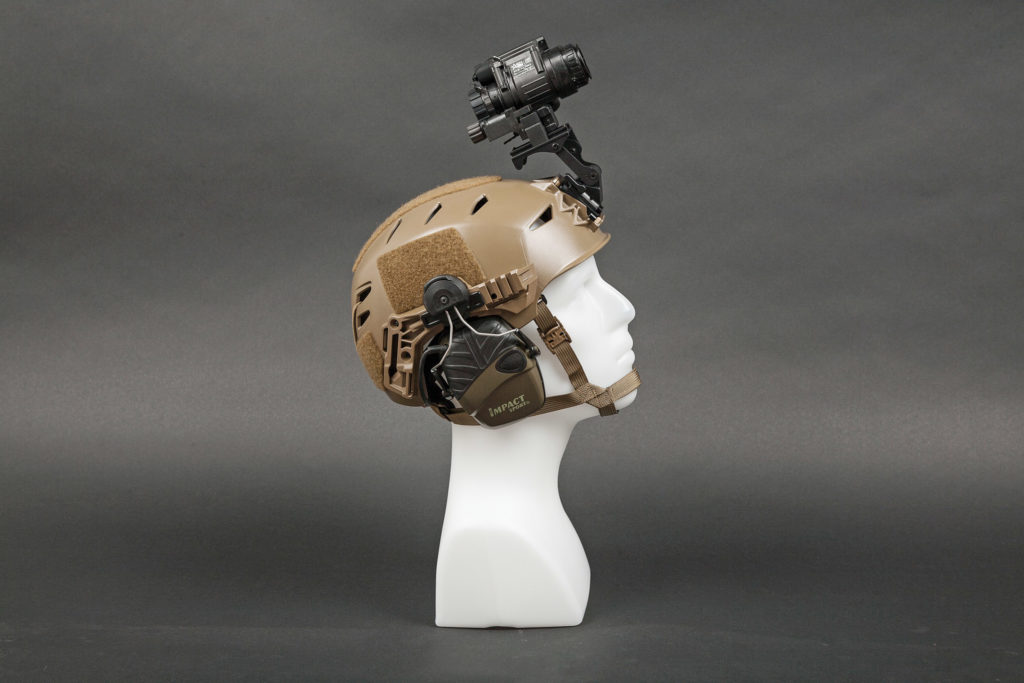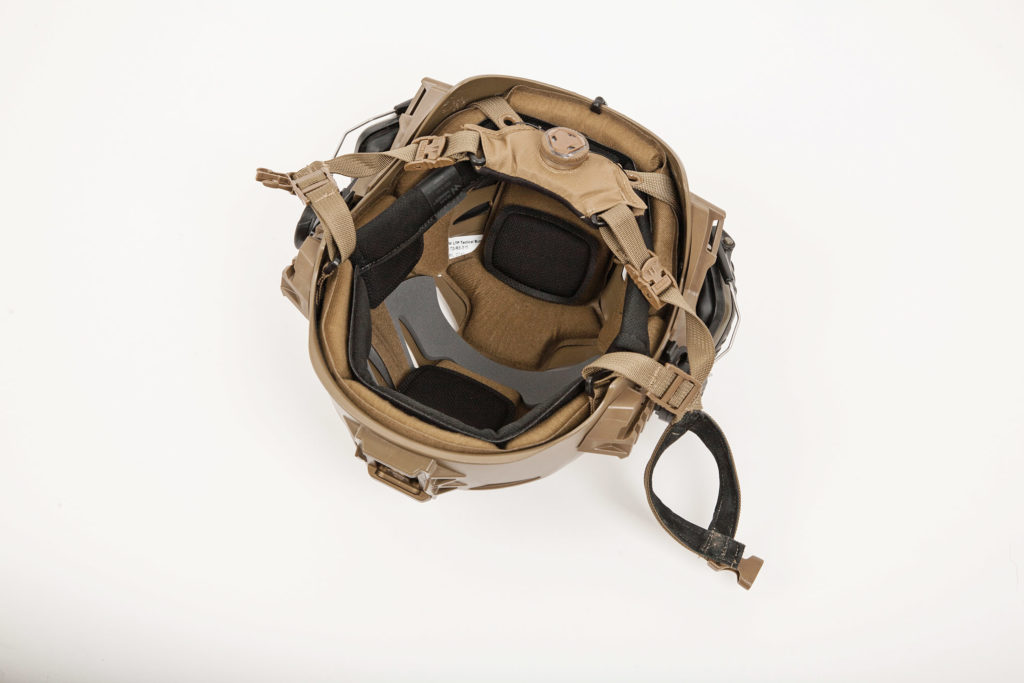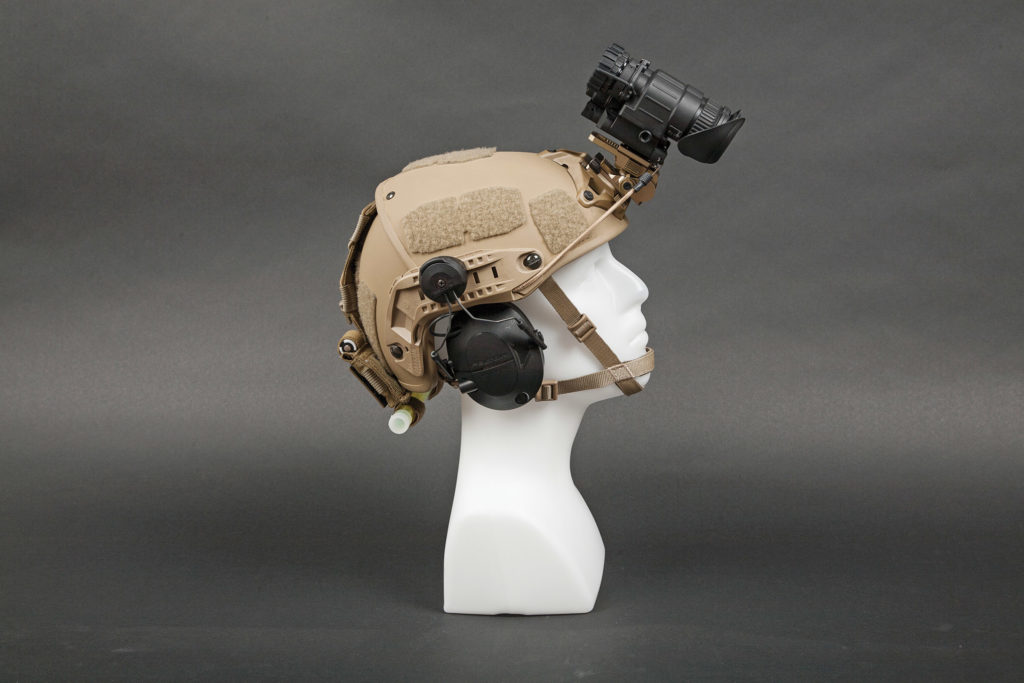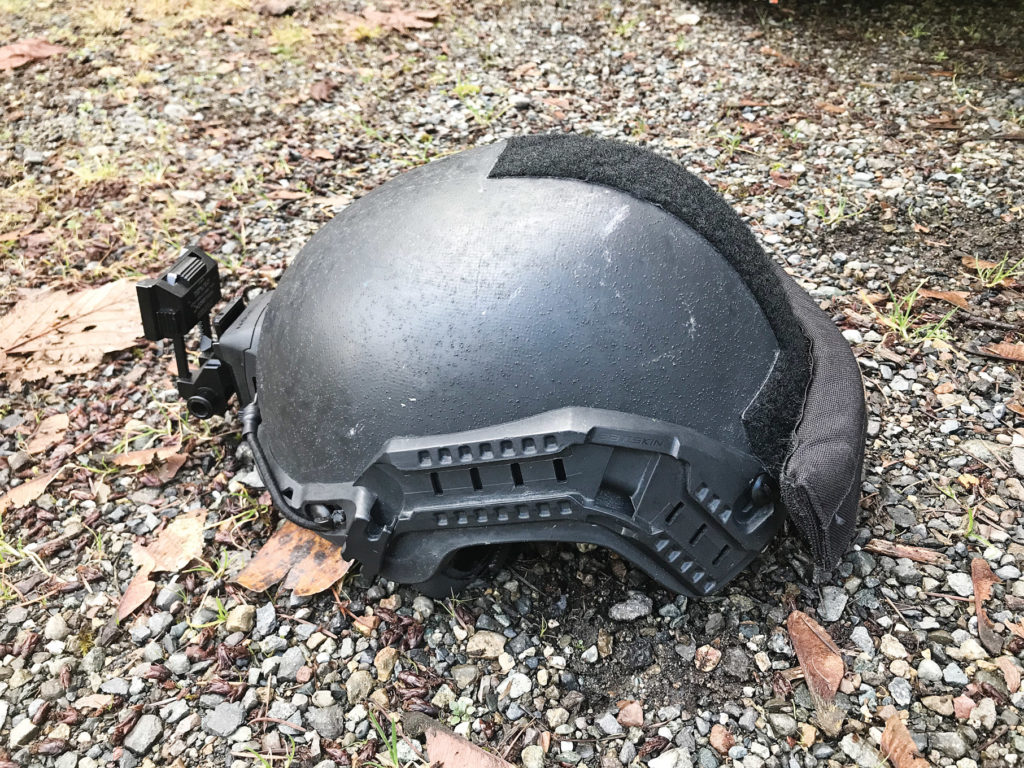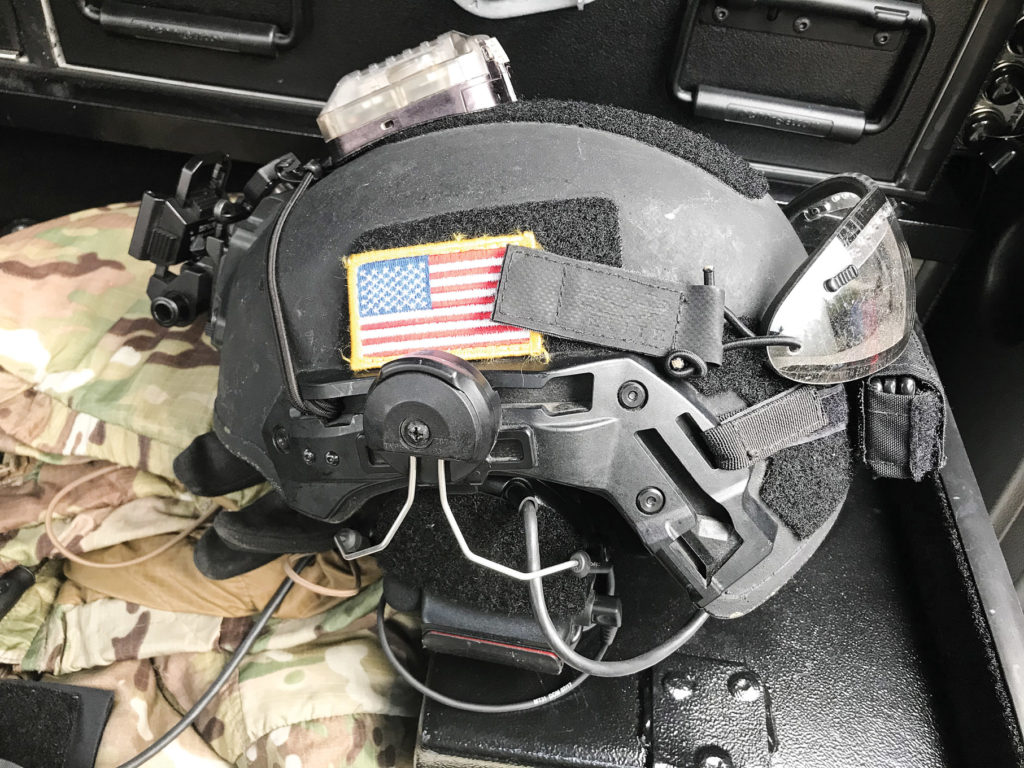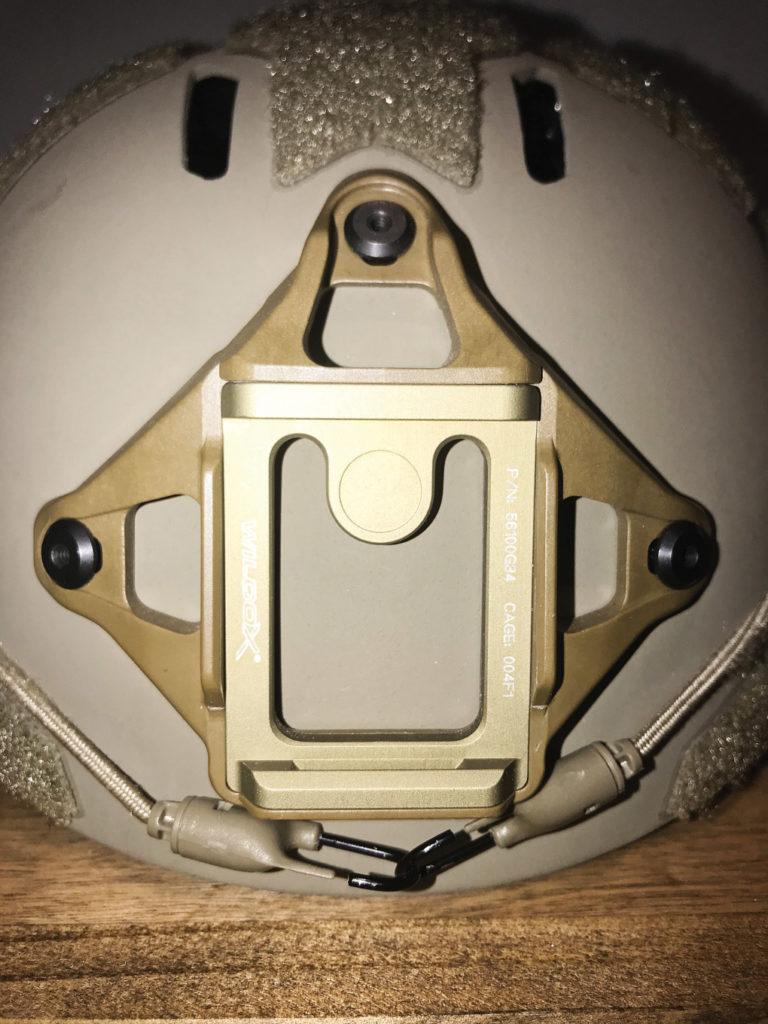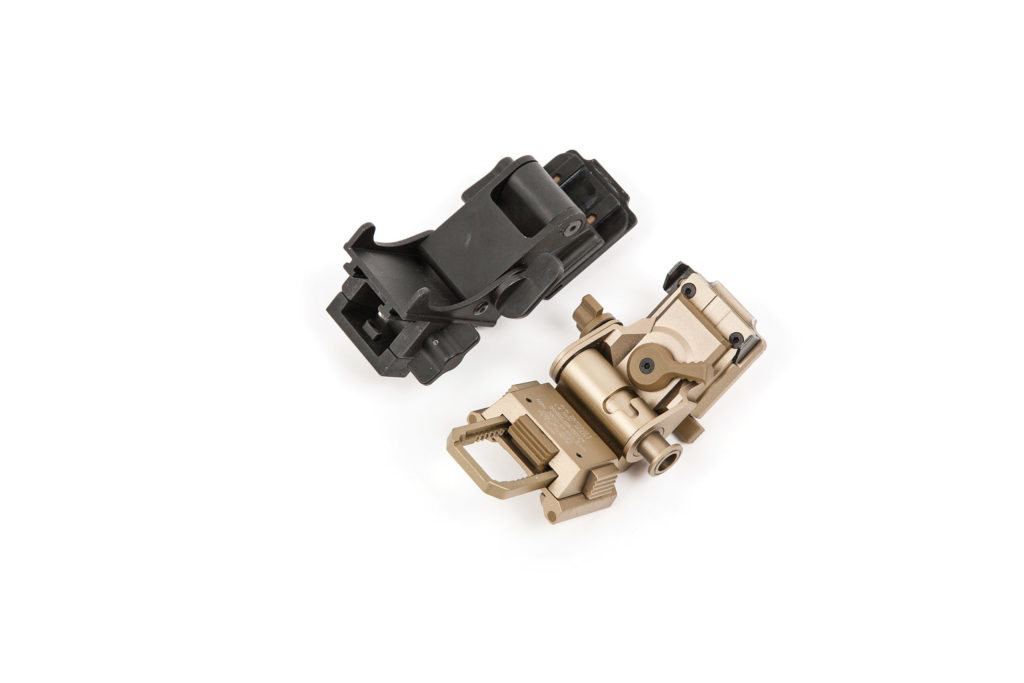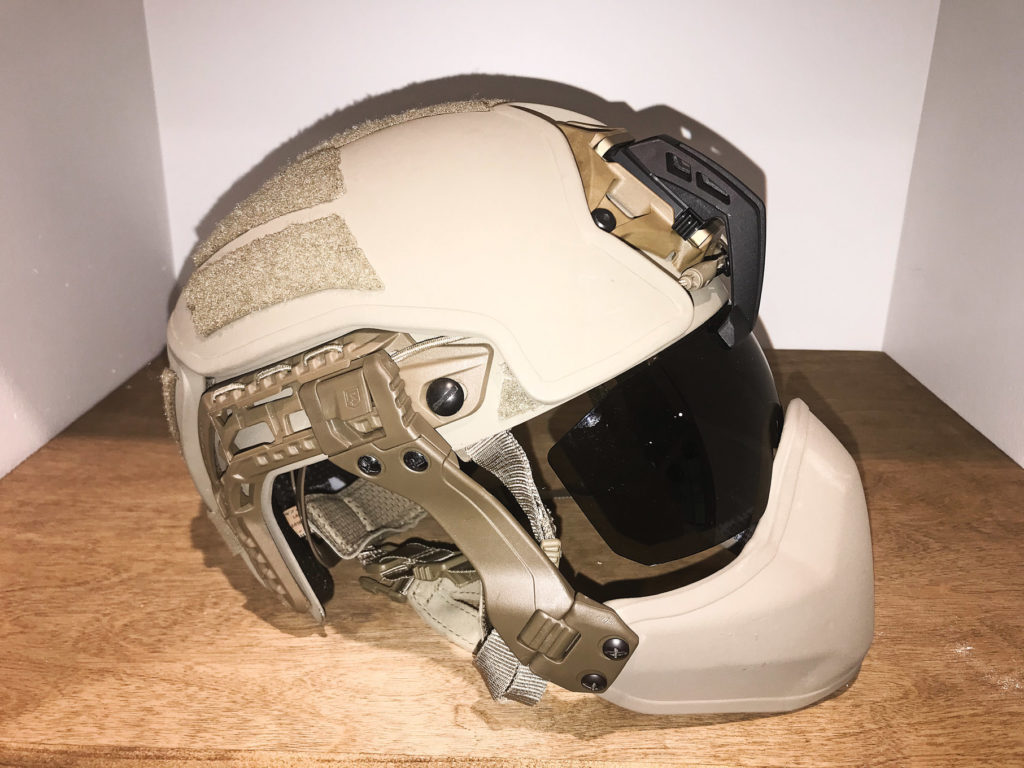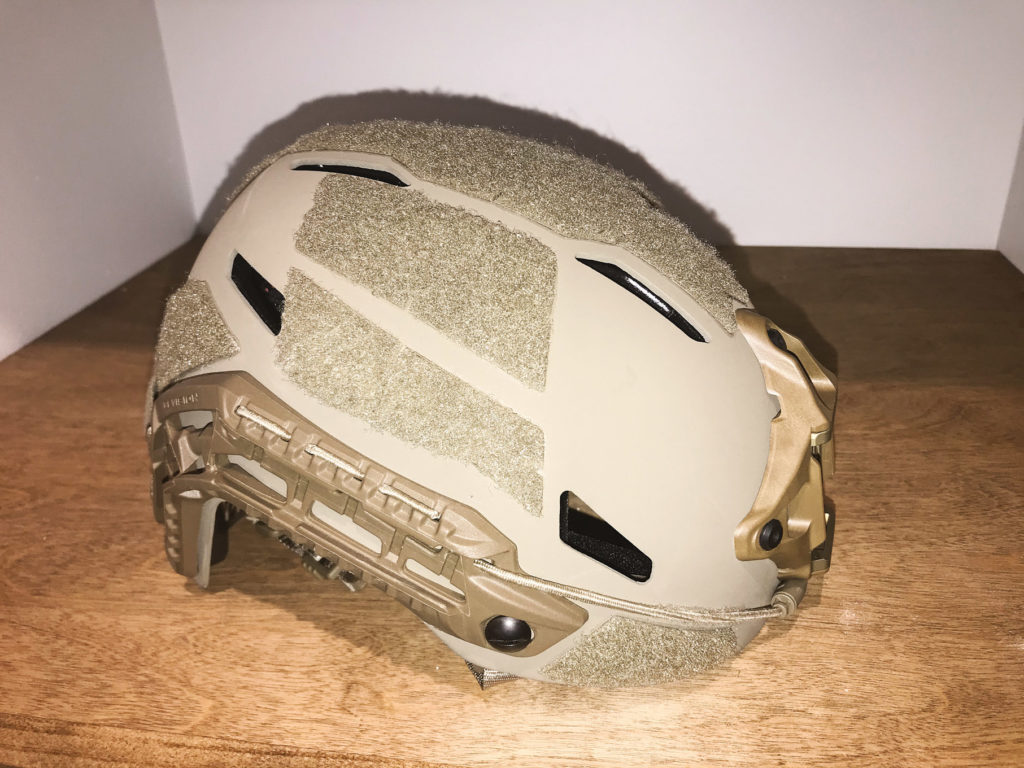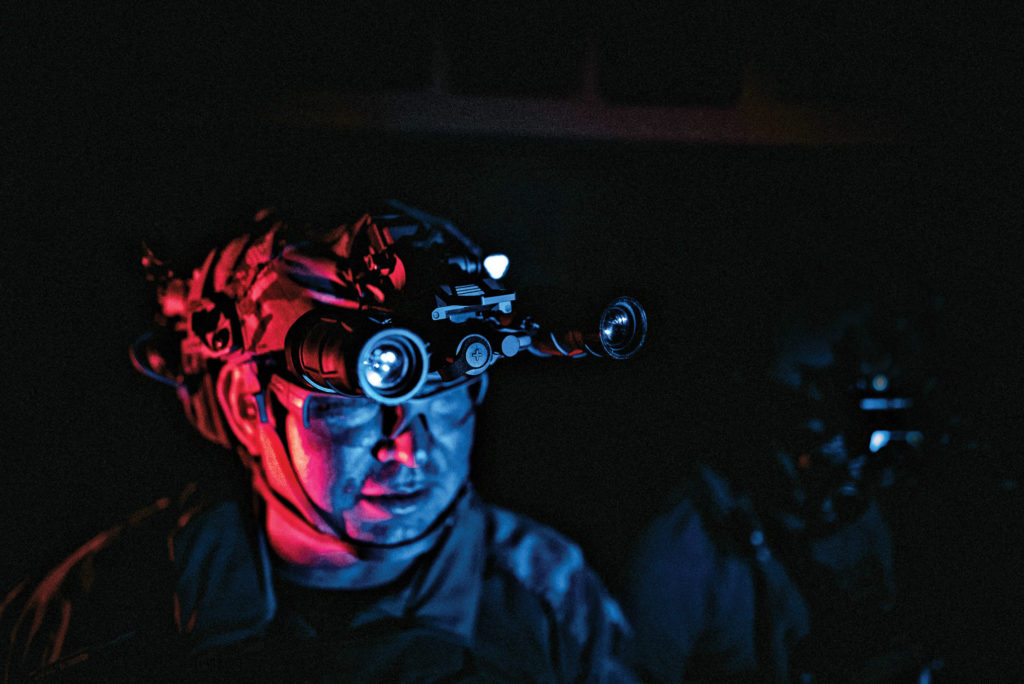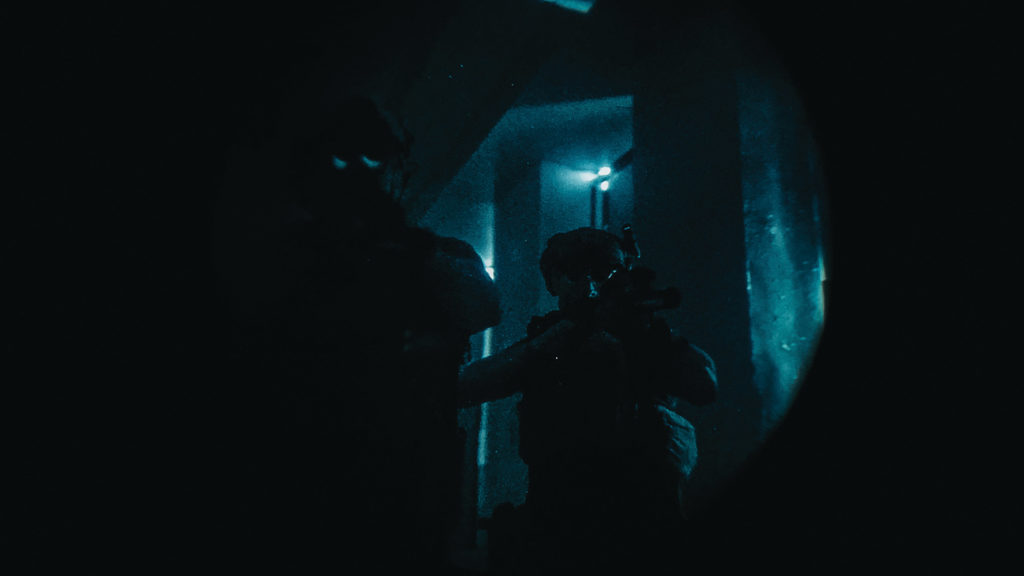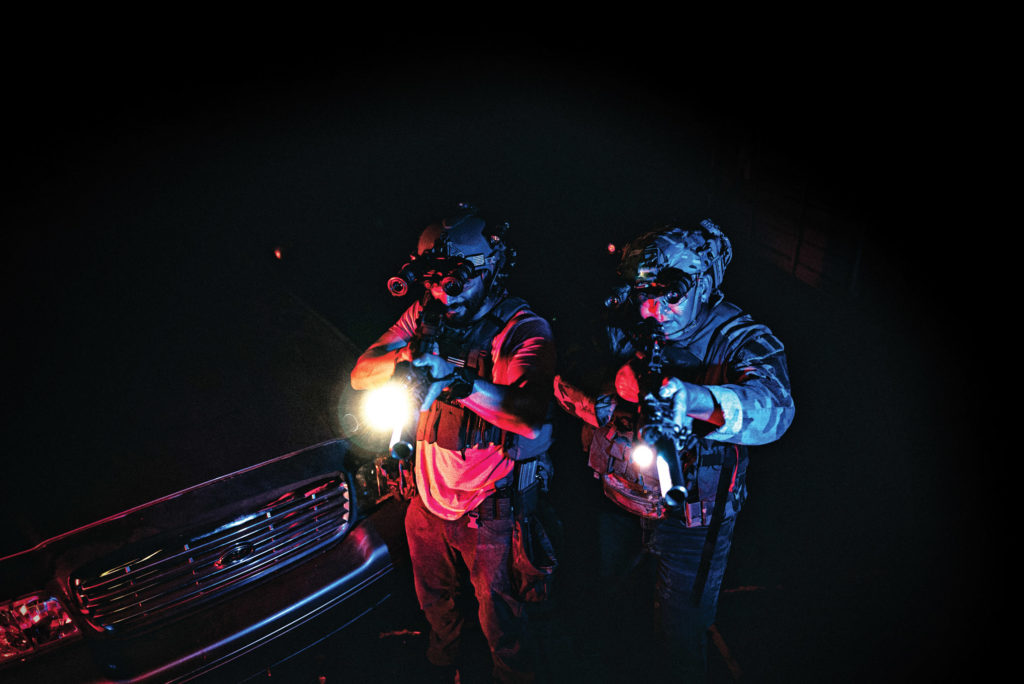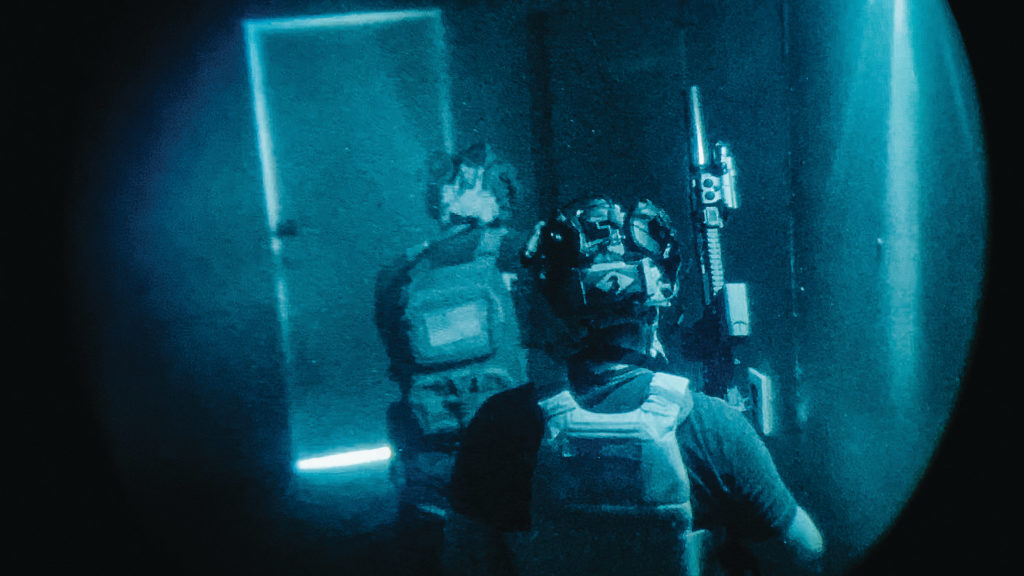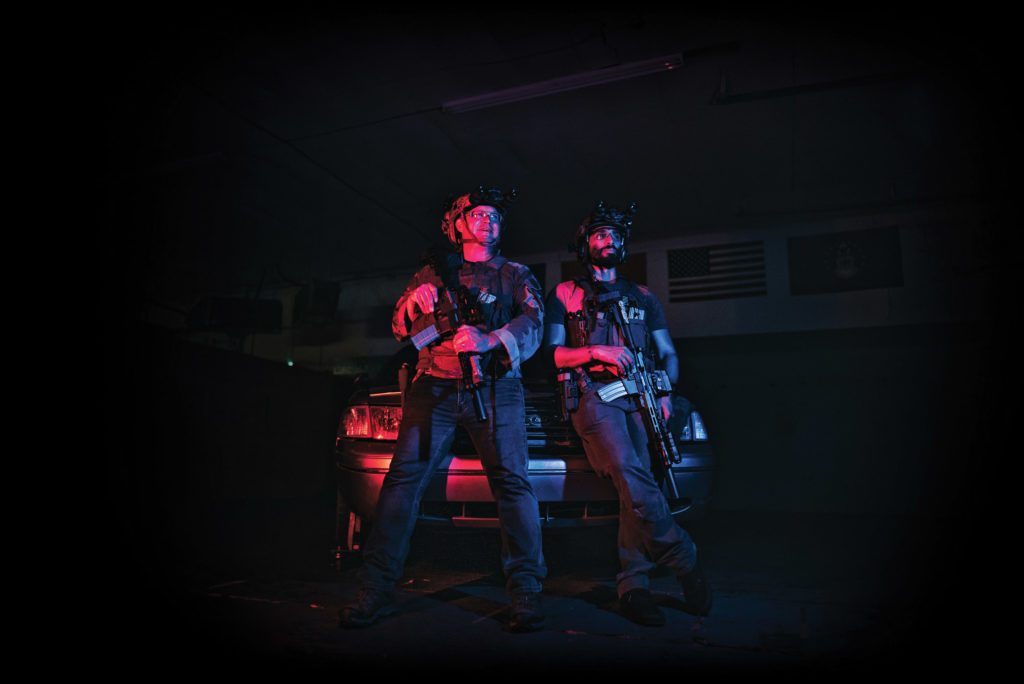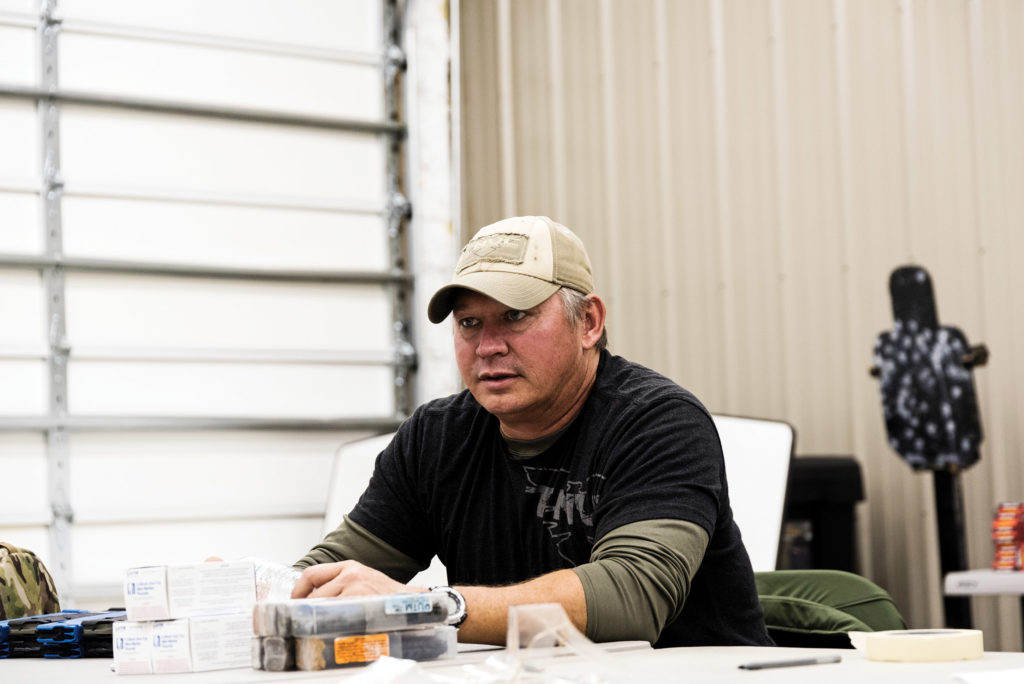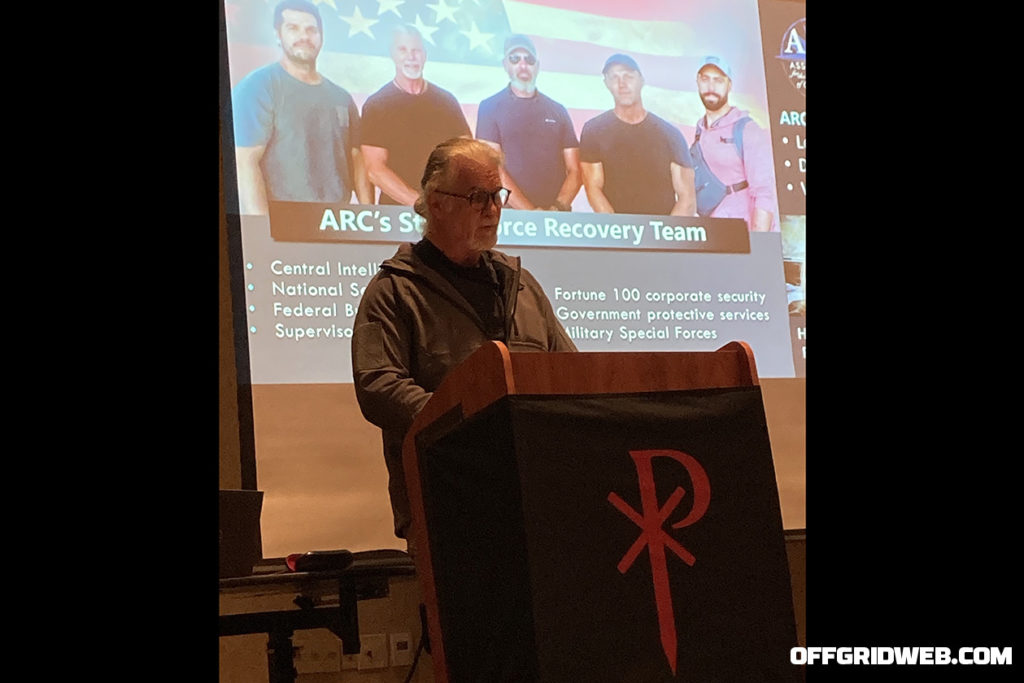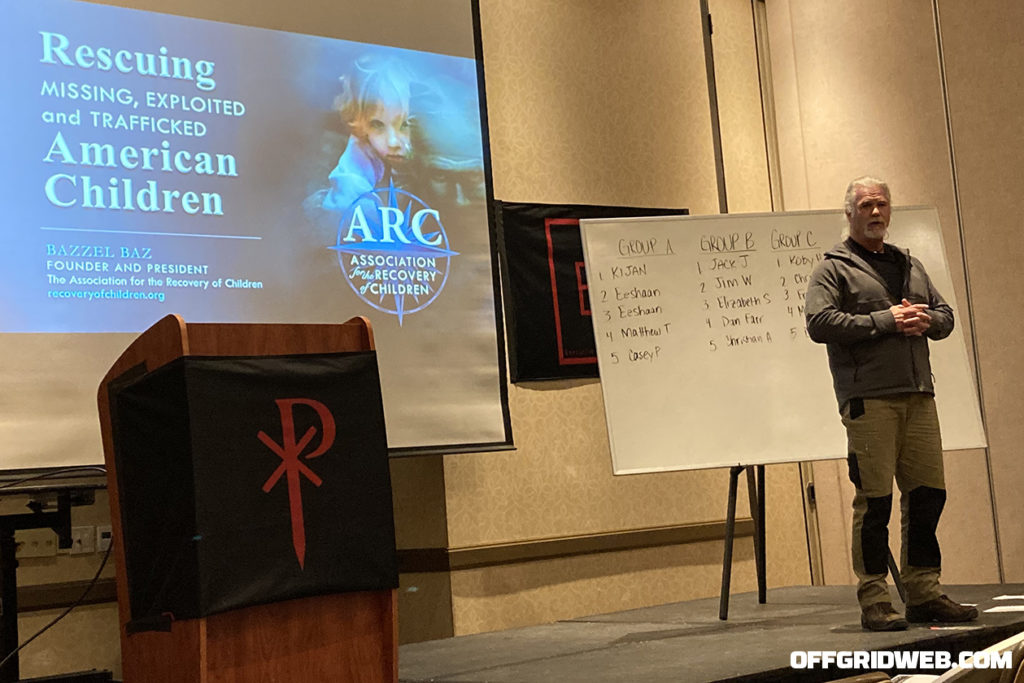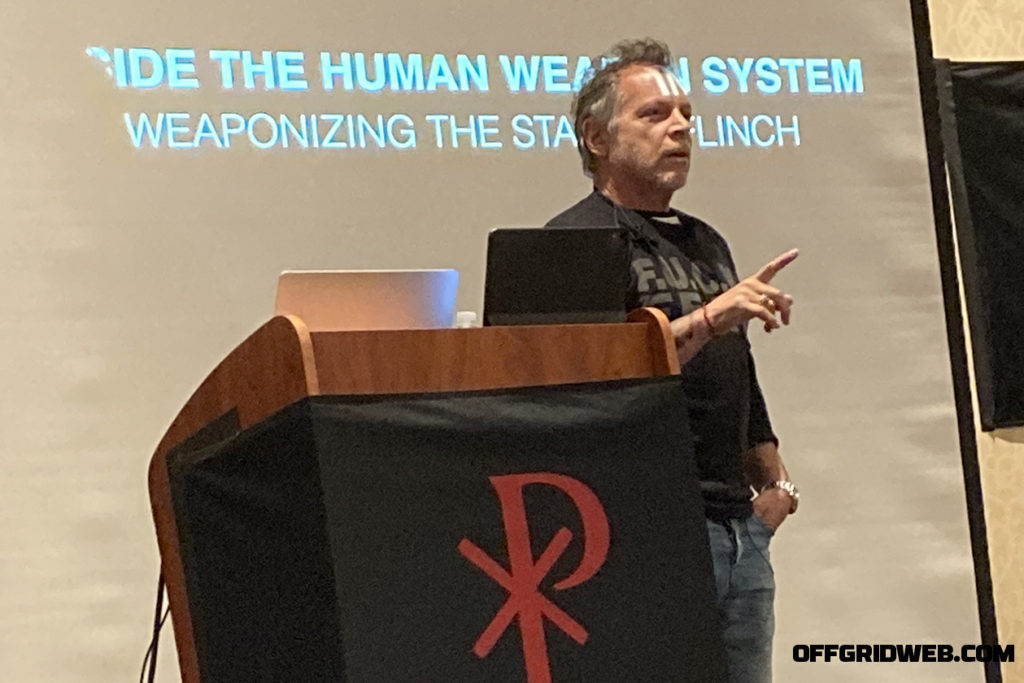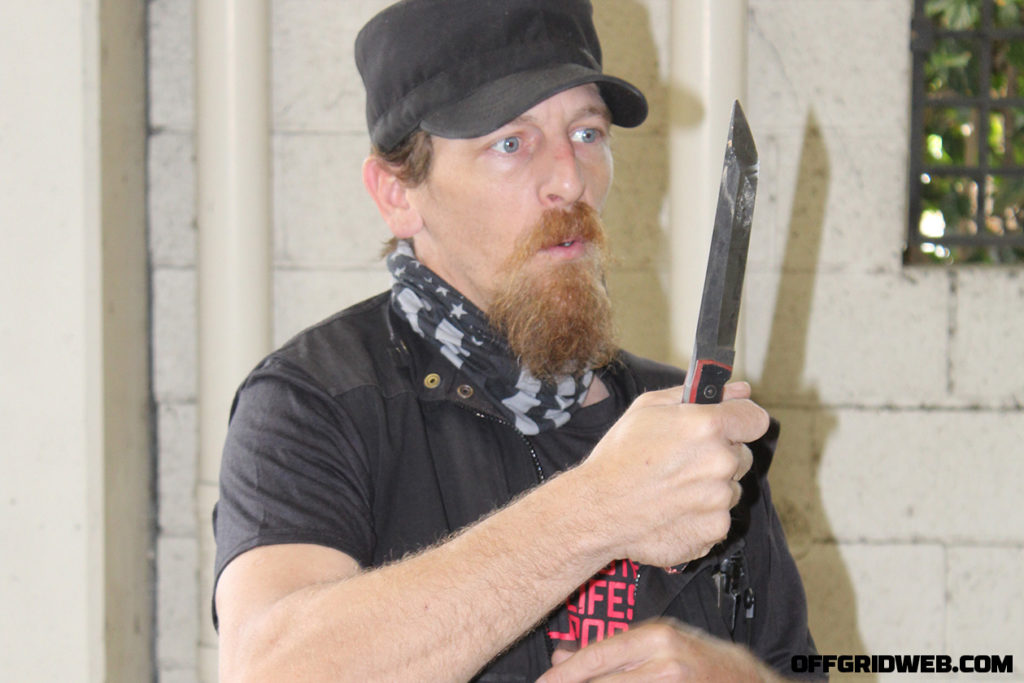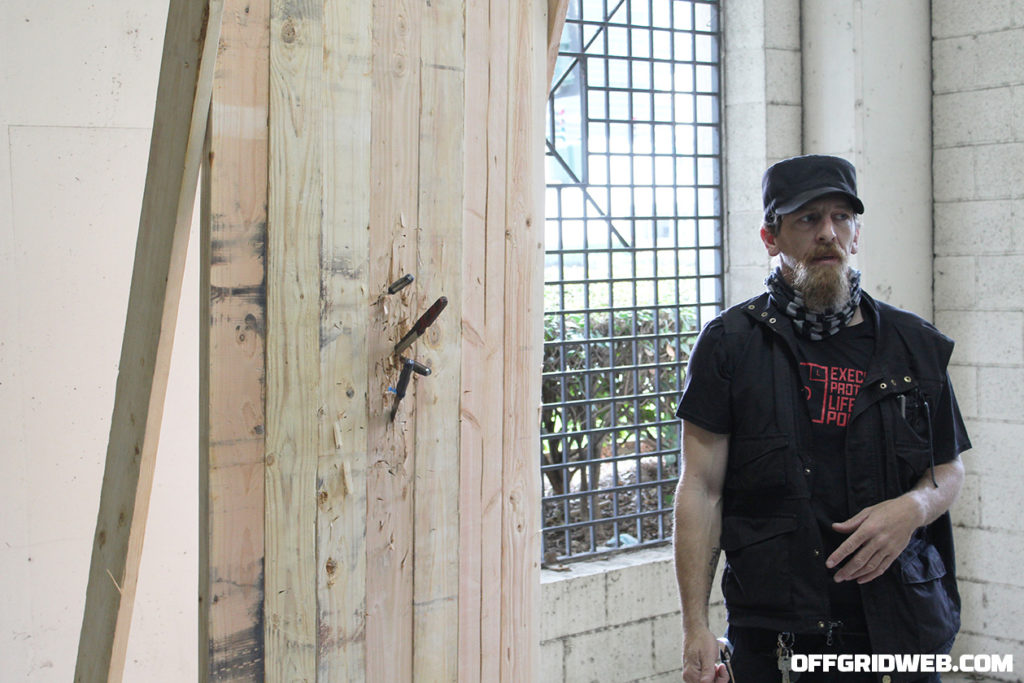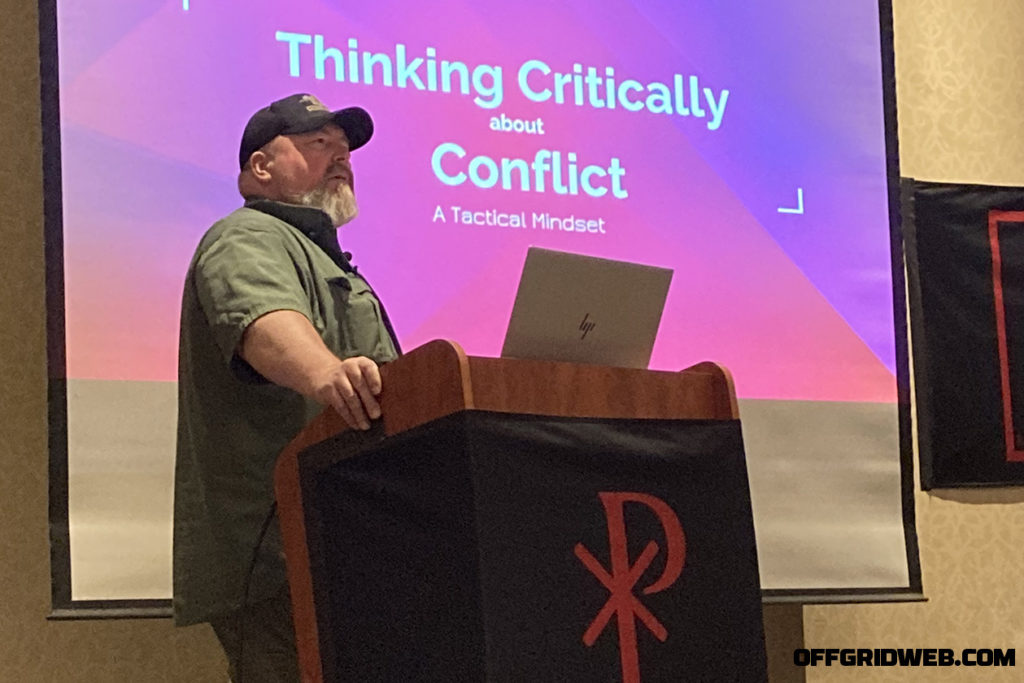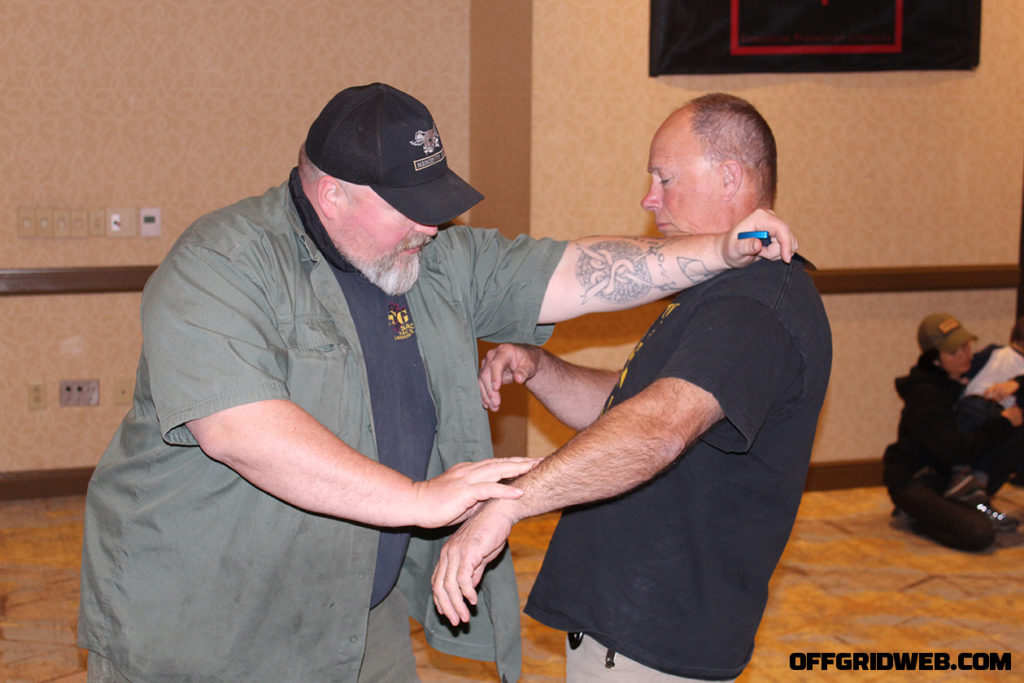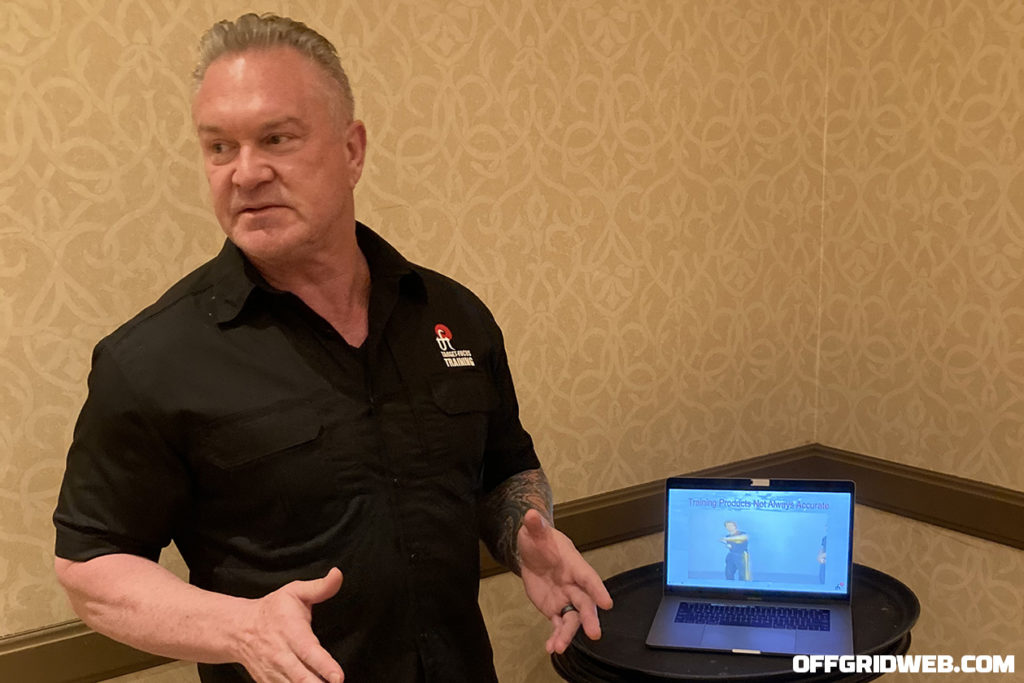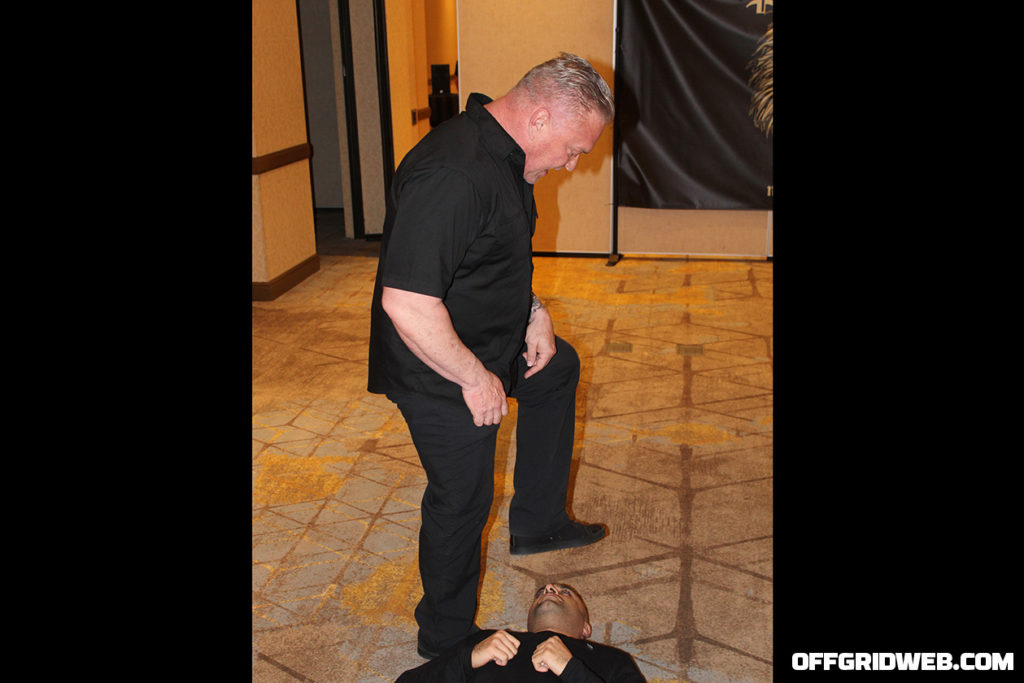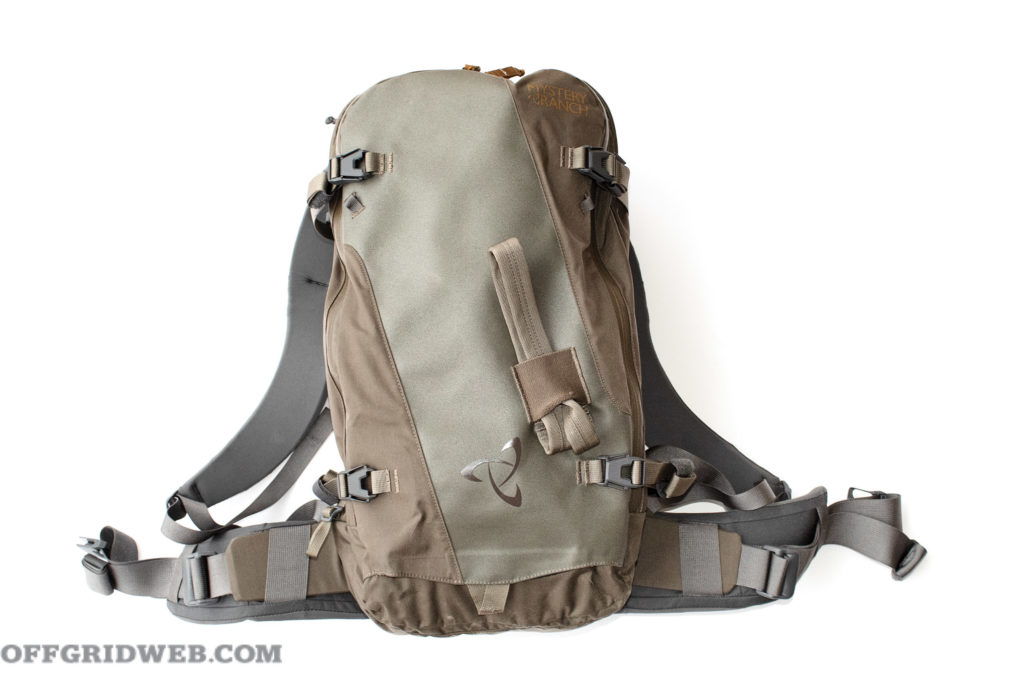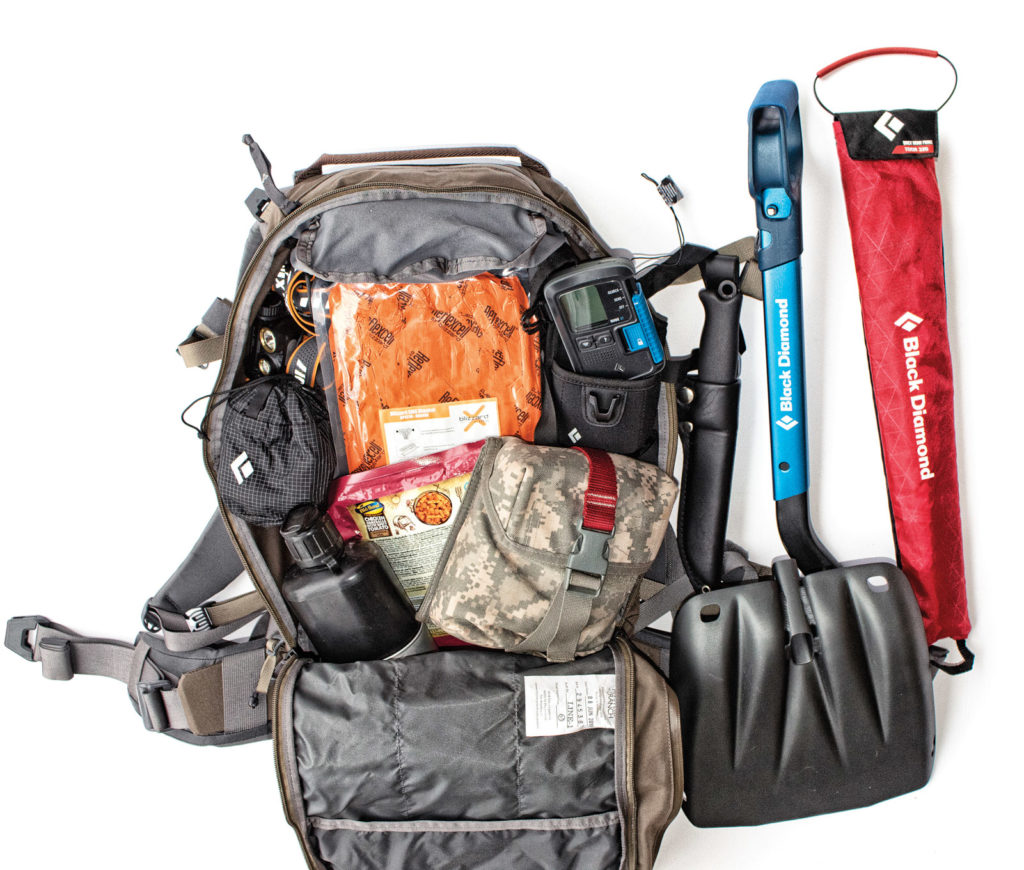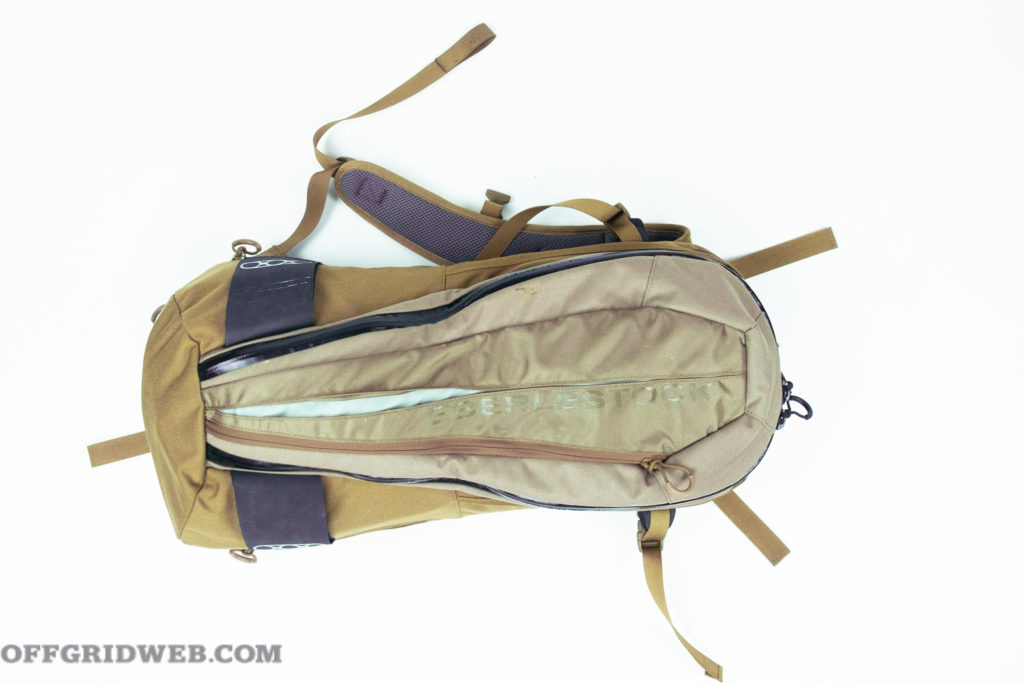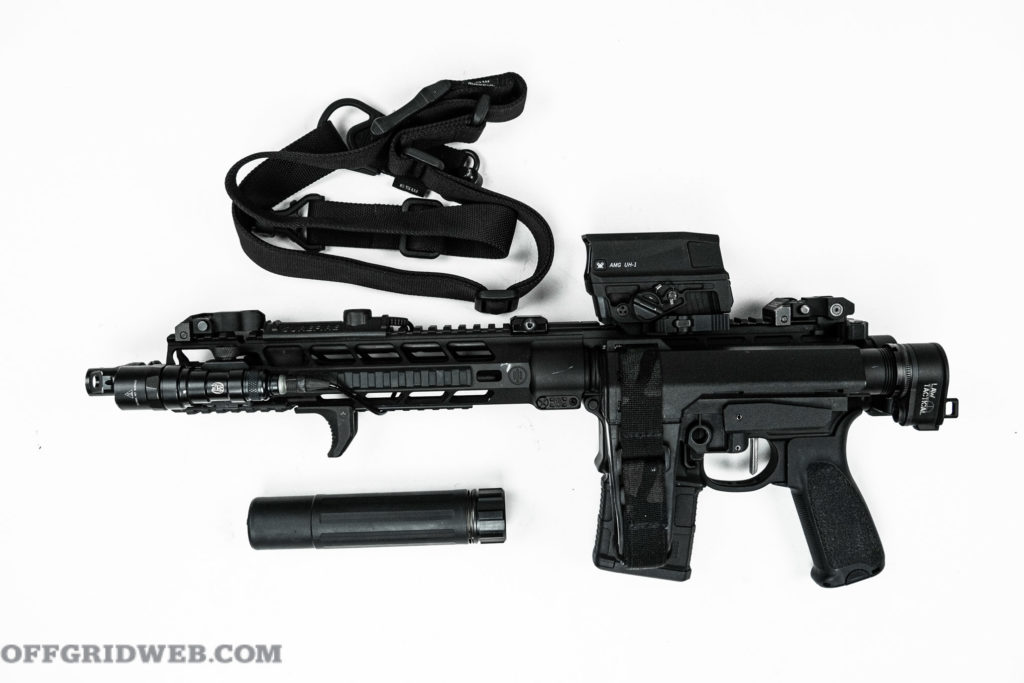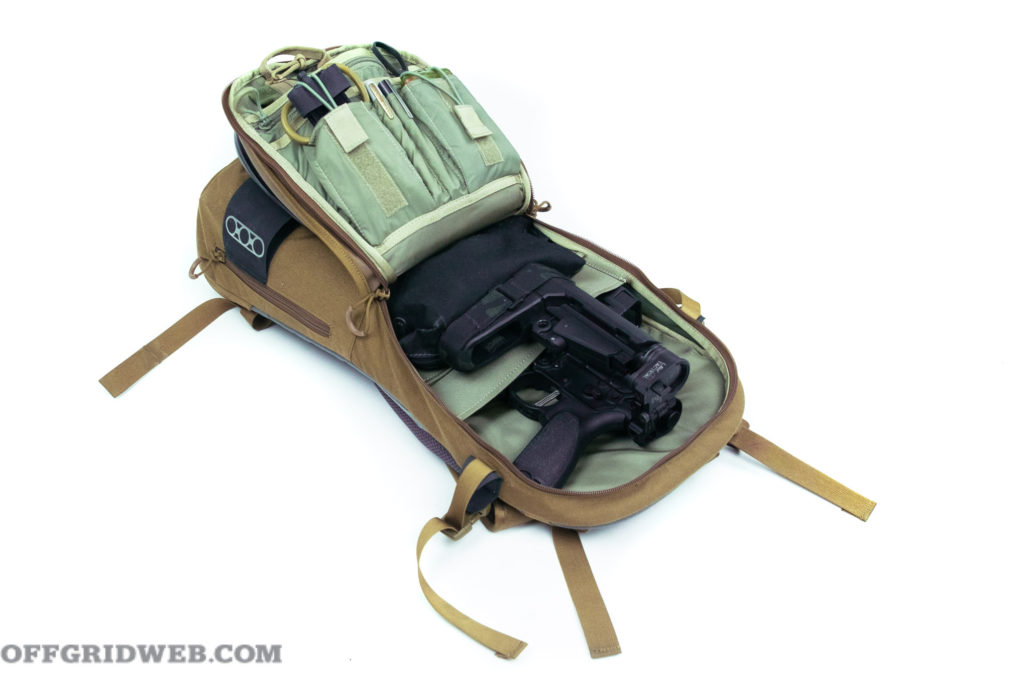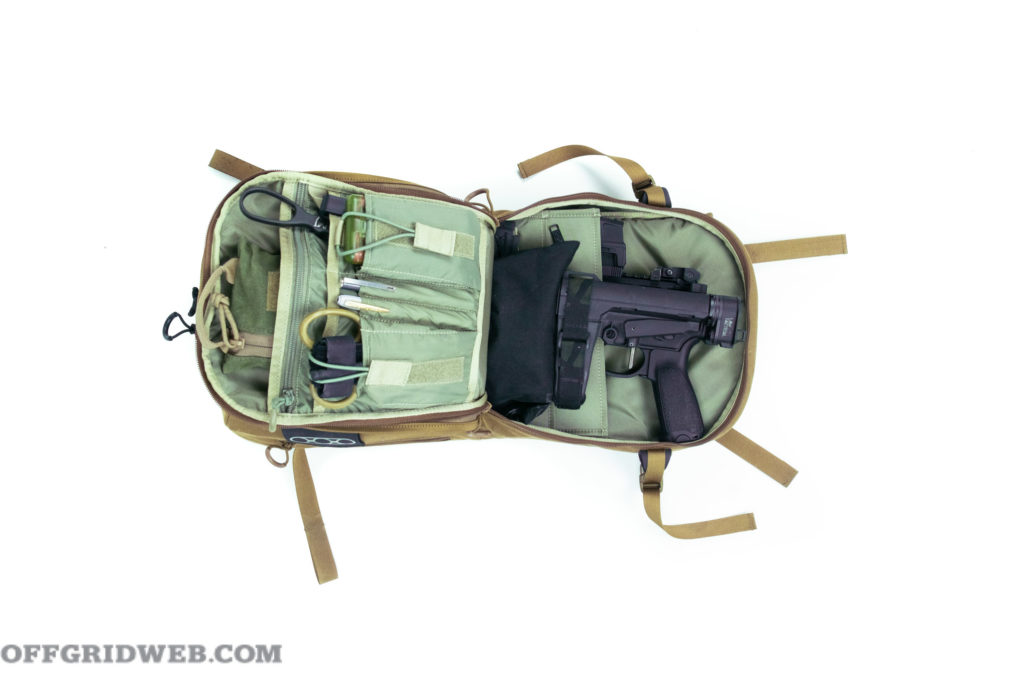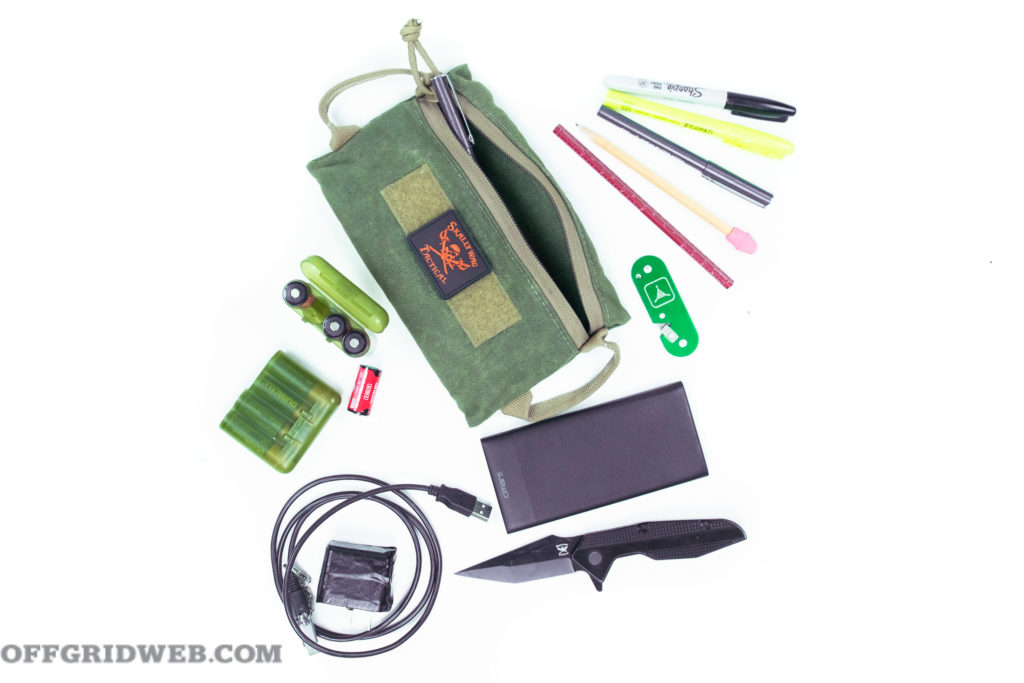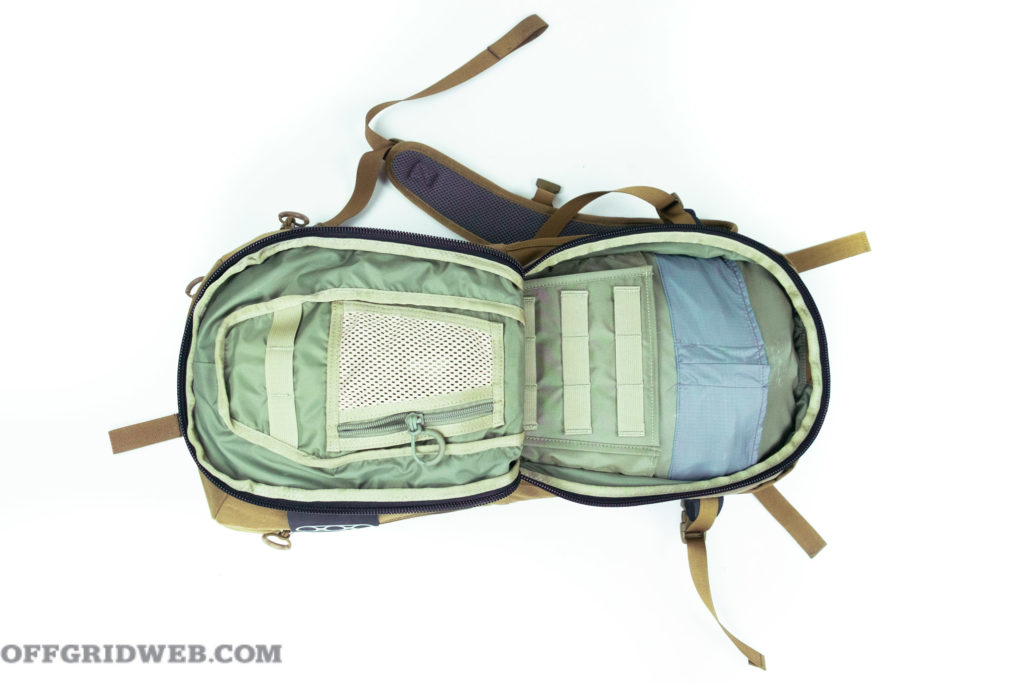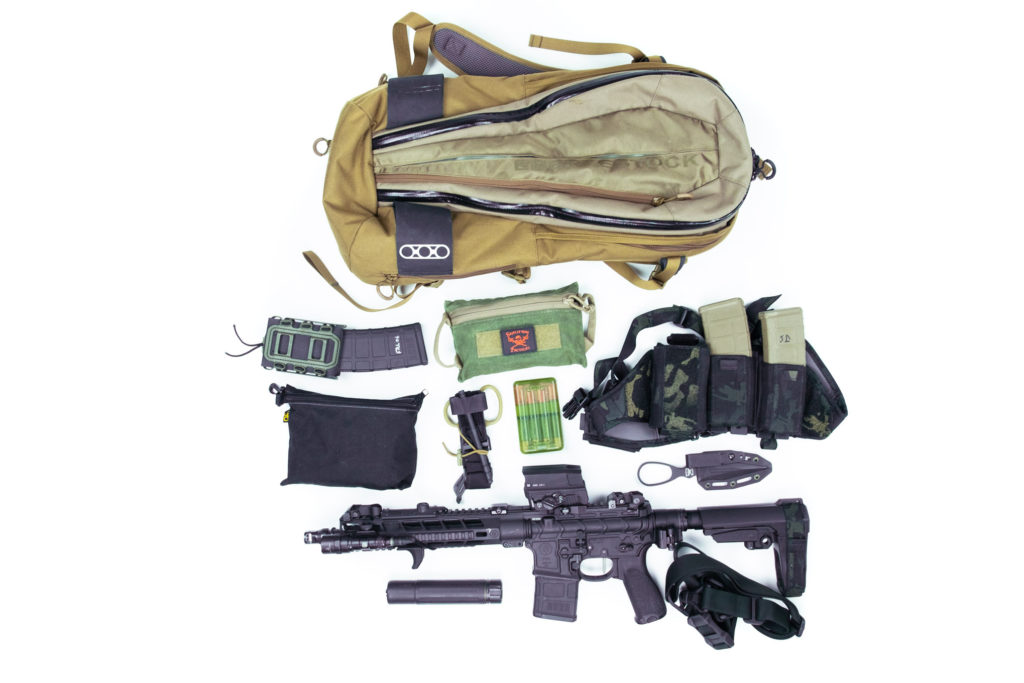In This Article
Photography by Josh Munger.
An old maxim of creativity is to take two things that aren’t normally seen together and combine them in a way that brings out new qualities in both. In regard to survival, when not under the stress of an immediate threat, this has led to the development of tools, gear, and skills not considered before. Some disappear almost immediately; others become the new standard. From the outside, GBRS Group appears to be combining two things that don’t obviously fit together: skateboards and night vision. But after talking to them, we realized they’re a surprisingly natural match.
The team at GBRS Group isn’t just a group of medically retired SEALS who provide top-tier training for end-users.
Digging into the history of combat footwear, for years those engaged in combat looked outside traditional military supply lines for anything that would give them an advantage. Skate shoes brought something otherwise overlooked to the table: dexterity and silence, both of which are sought after by those who operate mostly at night.
In the same way, Slade, DJ, and Cole of GBRS Group bring that mindset not only to survival training, but to their work with night vision, tactical gear, and firearms as a whole. Respectful of the old ways and focused on breaking problems down into their parts to comprehensively solve them, their approach to training isn’t as simple as a mere maxim. Instead, it fits into exploring new features of night vision by taking them into the world of extreme sports and practicing a skill until it becomes performance on demand.
Medically retired from the SEALs, GBRS Group’s cadre offers training for those who present them a problem to solve. This flexible approach works to their advantage, as the tactical training industry can often become hyper-focused on trends. In contrast, they’re masters of the fundamentals, especially those that relate to night vision and close-quarters combat. For all the times we’ve heard someone talk the talk on fundamentals, it’s refreshing to see that GBRS Group can pull them off, without a hitch, only to explore new options once the foundation is secure.
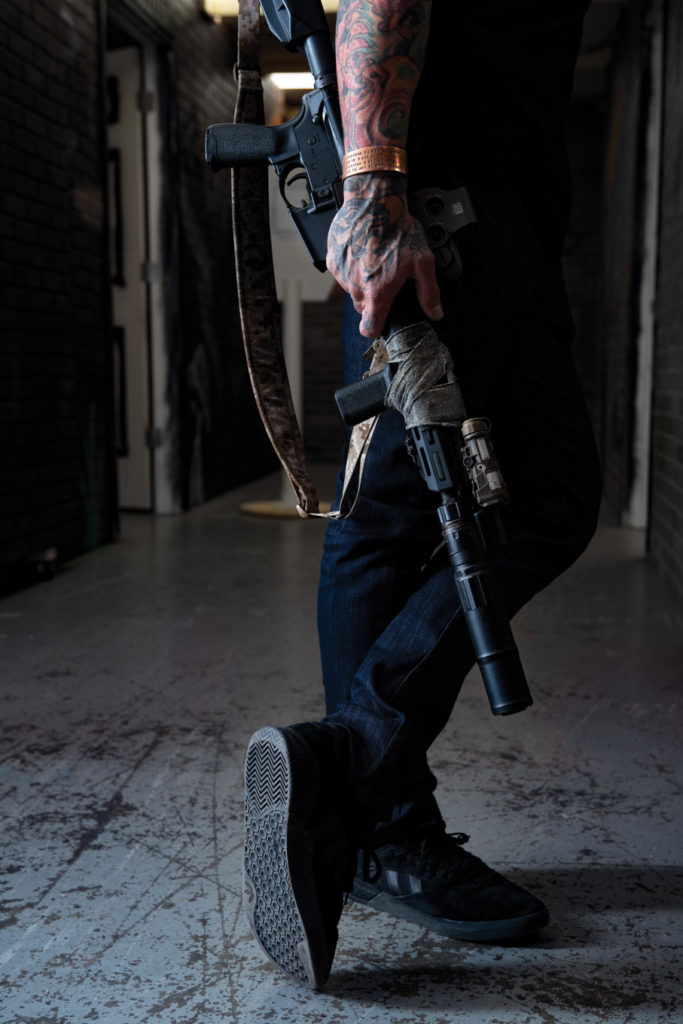
Above: Lightweight and Low-Vis are terms that can be applied to both guns and footwear.
What is GBRS Group? What is it that you Do?
GBRS Group: We are a Tier 1 tactical training and brand consulting company focused on providing training and equipment to end-users in military, federal, state, and local special operations units. We provide insight and development assistance to companies who serve end-user equipment needs, in addition to marketing strategy, entertainment consulting, and content production.
In other words, GBRS teaches everything but open water scuba. In our collective, we are really big into the “why” of what we do. There are a lot of people out there that can teach “hard skills”. It’s up to the professionals to provide context. It would be pretty difficult to talk about the “best” way to run your gun in a gunfight, if you’ve never actually been in a gunfight.
Where were you before starting GBRS Group?
GBRS Group: When we were in the SEAL teams, we were effectively a free-fall SWAT team. That’s all we did. We flew to a target, or drove there, or walked in, and did CQB once we got there. We had to strip away everything else that didn’t matter and do things that make you good at CQB and one of those skillsets is shooting. Shooting doesn’t matter if you can’t move predictably and efficiently on target with your weapon system. It’s a balance that very few units actually attain.
Stripped down to its parts, only two things really mattered: actions on target and the means to get you there. For the guys that actually were doing the job, that’s what became important. You would find leadership at the officer level who wouldn’t understand that and they would get distracted. By stripping down a mission to its bare parts, we could accomplish it in the most efficient way possible.
How did you approach training in the SEAL teams?
GBRS Group: When we would set up training, who was in charge of it? The Assaulters, the guys that were doing the training. You can teach anybody to go through a door, but they’re not going to understand fully why they’re going through that door and what it took to get them to go through that door the way they’re doing it. The mastery level is not just teaching tactics or techniques, but truly understanding why we teach that technique. Everything you did was a rehearsal for night. You would do daytime iterations to prepare for that evenings’ nighttime iterations.
Following the Jedi Approach, if you’re not willing to sacrifice everything to be as good as you can be, stay home. The last thing the teams need is another 89% all-in-dude. When you look at it, it’s all the little small things, and we looked at training that way. At any moment we could have been called upon to pull off a difficult mission, and if asked, should be able to respond with a yes. That meant we were never in a cold-bore status. We didn’t do anything else, no real hobbies, except what made us better. If you live like that, chances all of your friends are going to live like that. You have to surround yourself with better people.
We don’t train with Red Bull Air Force so that we could look cool with wingsuits, Rather, when a guy is jumping at 28k, under night vision, with all that gear on, and he gets unstable, he can correct himself, pull safely, and fly his canopy to get on target. There needs to be a connection to reality.
Has your methodology of training changed since leaving the Military?
GBRS Group: First off, we don’t dictate tactics to anyone we come across. Instead, we observe before we make any suggestions. We like to show what we believe to be the most efficient and best practices. We look at ourselves as facilitators, not dictators. We can take digestible knowledge and transfer that in a shortened time period to show true progression. We can have them show us their way, we can record it, and show them where we need to make corrections. We don’t try to fight against Human Nature, but work with it.
Instead, we take what they know already, and instill best practices. As the saying goes, learn the rules like a pro so you can break them like an artist. Most people don’t have the time to dedicate to get the repetition down before they can understand when they might break a life-saving rule. They don’t have that expertise.
We push students to the point where we see the performance bubble slip. But we rep it over and over again until we get the, or near, perfect repetition, and then we add pressure. We cannot tell you how many people we’ve worked with on a tactical team that have never done live-fire training for a house run. For many students, the first time they fired a gun in a house was in a real-life situation. We believe stress inoculation is one of the best ways to prepare for a stressful situation. It sounds stupid saying that, but most people that carry a gun for a living are ill-prepared.
Principles remain the same, tactics evolve. There’s only so many things people can do in a CQB situation, and the enemy always gets a vote. We rep it out to show progression and start pressure testing. Then they get to feel and see something they’ve never experienced before.
You’ve been laser-focused on accomplishing two goals: actions on target, and getting there. For someone who has never been in the military, what does that look like?
GBRS Group: Years of selection courses and putting up with bullshit to get to do the rad stuff. Just kidding, kind of. Not everyone in the military does this. There’s only a couple of units in the military that actually put in the work to be able to say that this is what they do for a living. What it looks like from a day-to-day training perspective is this: X weeks per year of a mix of range work, live-fire CQB and explosive breaching, MFF iterations, Maritime insertions, on/off-road driving, Dirt bikes and UTV’s, combatives, etc… There was no “down time”, if you weren’t overseas working, this is what you were doing stateside.
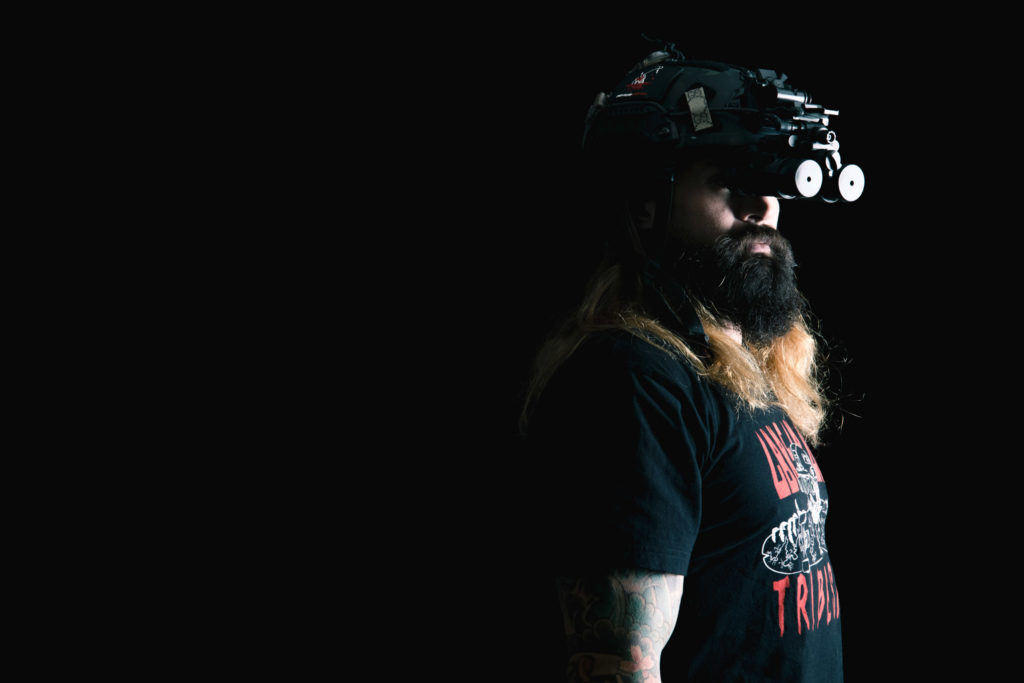
Above: The amount of time spent using night vision cannot be simulated. Experience shows its face in the deliberate execution of minuscule details.
The world is exploring what EDC means, especially in the wake of Civil Unrest and changes in policing. What is one skill that applies to survival and when did it sink in?
GBRS Group: If you’re going to carry a lifesaving/life-taking tool, you should be exceptionally proficient with it. This means understanding what it’s actually capable of: employing for the purposes it is actually intended. If you could just get everyone in this country who owns a weapon to know the condition of that weapon is 24 hours a day, we’d be better. It does me no good if I pull out a pistol that I am not proficient in, and end up shooting someone who did not deserve to be shot.
Next, if people understood the why behind the fundamentals, that would make a difference. You see this often in junior levels of special operations who are going through some of the best training in the world, but they’re not there mentally. You’re giving them gold and they’re complaining about the weight of the brick.
DJ: I think a bunch of that is generational. My father used to talk about when they came back from Vietnam. To him, it seemed like nobody in the late 70’s and 80’s cared. They thought they made it, and got lazy, then 9/11 happened and we saw the military tighten up again. But now we’re seeing that operational shift again. That beret, pin, or hat doesn’t make you anything. If you don’t train, you aren’t anything. The Art of War, that entire book can be summed up in one phrase: you must train.
You’ve never arrived. There’s always someone better than you, who’s working harder than you, who more naturally gifted than you are, who’s smarter than you are, who’s faster, who’s younger, who doesn’t get hurt as easily as you do anymore, who’s more serious about this than you are, who will not have that drink, who will not eat that whatever. There’s someone out there who’s going to be better, so you can’t slip, you have to care more.
Do you only train using Night Vision to military and LEO? Or to Civilians as well?
GBRS Group: Both. And the training is definitely experiential since it’s so new to so many. We’ve done pretty much everything on NODS.
Everything we trained was a progression to doing it at night, so everything we practice is exactly the same, day or night. For some people Night Vision is a novelty, for others, it’s for their job. We train both.
What are some commonly held myths about Night Vision?
DJ: Let’s be honest, Night Vision feels like a superpower. At the same time, you can defeat Night Vision with a $2 flashlight. We’ve seen it time and time again. The person wearing NODs has to be very good at going from looking through the tubes, to looking underneath and around them.
There’s little things: It’s easy for night vision to give you a false sense of security: You’re not a demi-god, and you’re not invisible.
When have you seen Night Vision become a Hindrance?
GBRS Group: When someone does not understand the true light-ing conditions around themselves. They’ll think that they are in the dark, but they are not. If the ambient light is just a few degrees brighter than inside a building, someone standing outside is going to be backlit. Their silhouette is going to show.
What’s the difference between single tube, dual tube, and 4 tube Night Vision?
GBRS Group: The field of view changes everything. Single tube night vision isn’t part of the conversation because of the total lack of situational awareness. Typical dual tubes have 40 degrees, where 4-tube night vision has 97 degrees. That means less tunnel vision. When you’re looking through night vision, if an object is even slightly outside of that field of view, you don’t see it at all. Adding that extra field of view increases both reaction time, and situational awareness. It gets really dangerous when do- ing things like breaching or skydiving, or riding a dirt bike under night vision.
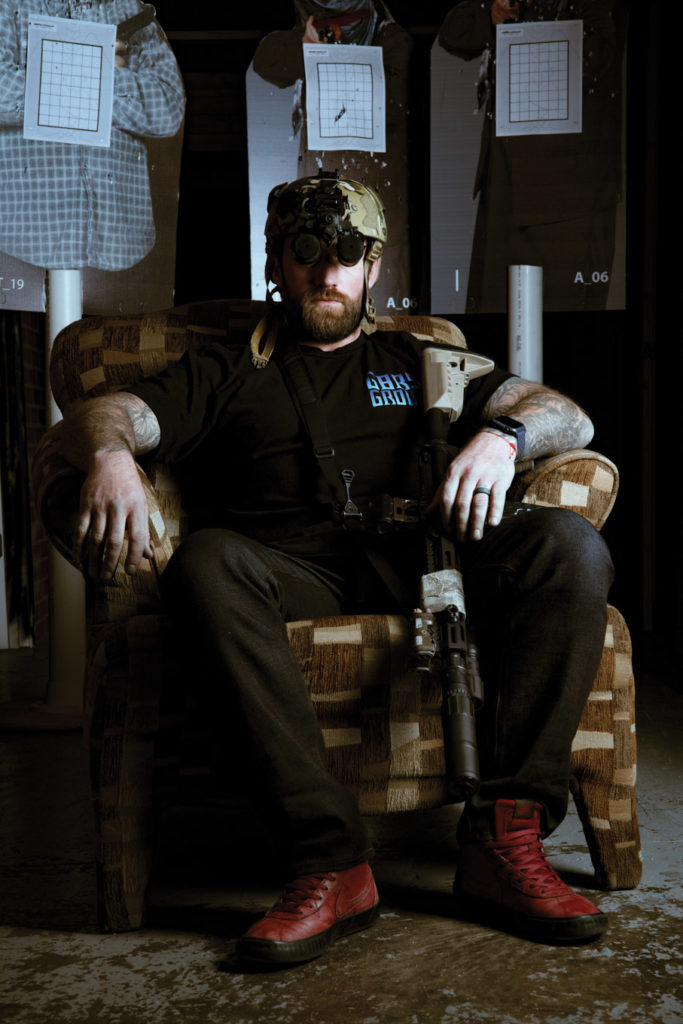
How have you seen Night Vision gear change over the years?
DJ: As the war progressed, more senior veterans brought real knowledge to tactical gear companies. You saw it with Crye, you saw it with London Bridge Trading Company. The days of the 90’s and their concept stuff was over.
Special operations was basically the only thing cooking for many years in Afghanistan, so when those guys all got out and went to these companies, they had essentially 20 years of nothing but first hand actual feedback. They’re the ones who could say “what would be really cool with night vision is you could stop with the green stuff and make it white because it doesn’t give me eye strain and shows better contrast.”
Another great upgrade was to lasers. Early on we had two different lasers: one for IR and another for visible. The idea of combining these things didn’t start with engi- neers alone but included end-users.
What lesson have you learned that you would want to pass on to those using night vision?
DJ: The baseline for information on Night Vision is so much better than it was 20 years ago. A basic Special Operations veteran knows so much more than what was common a few years ago. So it’s no longer a short list of two or three really good instructors. Now there’s a large pool of experience, and it creates the opportunity for end-users, but not many experts. Train to be like Bruce Lee, and become a badass in multiple things, instead of only a black belt in one discipline.
What are some reasons why civilians would want to own Night Vision, and what would you recommend?
GBRS Group: It’s badass. Why wouldn’t you want to own it. When my wife first put on night vision and looked up at the stars, she cried. It opens up a whole new possibility. Even after the sun goes down you can still go out and enjoy the outdoors.
We do stuff that people don’t normally do with night vision.
For those concerned about Civil Unrest, if you were planning on buying night vision to save your life, I’d say save your money and your time. Instead, go to the flat range and get a coach who you trust to teach you to become extremely proficient. It takes years to become excellent with a handgun and a long time to not fall down your stairs wearing night vision.
When we do live firearm training under night vision, we do a 1 to 2 ratio of instructors to students on the firing line. That goes for SWAT Teams. Unless you have the time down to make this mission enhancing, save your time and money.
Take a Civilian who has proficiency through Pistol and Carbine, and who wants to get into Night Vision, what would you recommend for training and personal practice?
GBRS Group: Find a coach who has the experience base you wish you had, and then validate him by asking other people who know him personally. Guys can fake the funk for a while, but the people who worked with them professionally can call out the difference. Fortunately for us, the community is so small that it’s easy to vet dudes.
If you’re going to buy something, be prepared to spend twice as much money on training how to use it. There’s no other formula for learning how to train under NODs except time under NODs.
If a Police or SWAT team was looking at getting Night Vision Capable, how would you recommend they do it?
GBRS Group: Don’t blindly buy equipment because you get a grant. We can consult on procurement. Often we get a request for training, and when they show us the equipment they just bought, we have to tell them that they are not going to be able to do what they’re asking for with what they have.
On the law enforcement side, unless your ROE’s will let you do CQB under Night Vision, it’s better to spend the money other places. Even if you have the right gear it doesn’t matter if command will not let you do it anyway. It’s better to be excellent with white light, than be okay with night vision.
When teaching urban room clearing, what are rookie mistakes?
DJ: Stop playing paintball. We often see training runs set up as feel-good experiences with role players placed where they’re going to get defeated. Another is when students turn CQB into this two-way paintball match where they’re just slinging sim rounds back and forth. If those were actual 5.56 rounds hitting the wall, would they be dead? Why are we playing paintball?
You’ll see guys with paint up and down their legs. What I see from that shot on the inside of your thigh is nine months of physical therapy if you ever make it back. I see 20 minutes of emergency medical treatment that could have been avoided if you had not exposed that thigh. Stop playing paintball, because you can tell when someone is treating every run like it is real.
Other things you can run into when training is the limitation of the range. Constantly shooting stationary targets can produce a false sense of security which can be countered by smart role players being directed by competent cadre that can control the situation and give an honest debrief. Remember, the enemy always gets a vote.
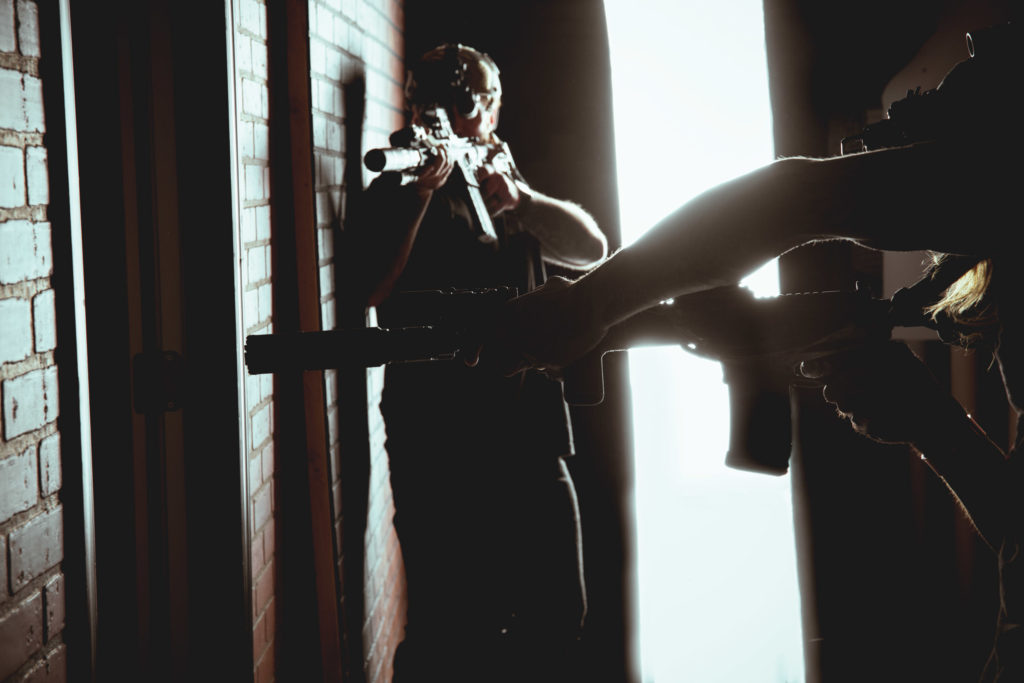
Above: Entering a doorway can be practiced in the same way one learns to draw a pistol. By breaking down complex maneuvers into parts, each one can be individually assessed and optimized for when it counts.
What are the differences between using night vision solo versus in a group?
GBRS Group: The value of practicing solo CQB is that it shows the importance of doing it as a group. When alone, you see all the angles you wish you had a buddy to cover. For solo movement with Night Vision, you can be as weird as you want. When you’re with other people, your head has to be able to spin and see where they’re at.
Is there any difference between shooting in the daylight and shooting under night vision?
GBRS Group: Everything you practice during the daylight should be able to translate directly to shooting at night. In the dark, you don’t get to look at your hands, so a reload has to be the same every time. If you have to change the way you hold your rifle to shoot with night vision, you’re doing it wrong. The repetitions matter.
What skills that you train during the daytime can you translate into night vision?
GBRS Group: The only additional thing you should be dealing with is the night vision itself. If one of your tubes gets knocked out of focus, you should be able to fix it in one swipe. If your battery goes out you need to be able to do a one-handed battery swap. If you have to stop and get a white light out to do anything, then you don’t know how to use them.
If you’re basing your actions off operating at night, you have to be just as proficient at manipulating that equip- ment as you are anything else you use. Weird things happen at night and I need to know how to diagnose and fix all of my equipment.
What different types of environments have you used night vision and how do they affect the gear?
GBRS Group: Pretty much every environment: diving underwater with the tubes on, navigating, to jumping from a plane, to beaches, to desert. The temperature shifts are a nightmare. Jumping from 25k feet, to landing, that condensation build-up is ter- rible. In cold weather conditions, when you enter a building, the condensation is going to build instantaneously and fog up the tubes. If you don’t know that, you’re going to walk into that room blind. Rain, sleet and snow make visibility terrible as well.
If there’s condensation on Night Vision, and you walk into a dust cloud, it can quickly turn into mud. Most operators carry a specific rag just for cleaning and wiping their tubes.
What are things that you can do with night vision that you cannot do with Thermals?
GBRS Group: With Night Vision you can tell the emotion of who you’re looking at and read facial features. Since night vision is the amplification of ambient light, it can be defeated by good camouflage.
On the other side, you can see really well through a Woodline with thermals. Unless someone is wearing special materials, they’re going to give off that heat signature. What it doesn’t offer is details, which are much more important when up close and attempting PID.
Where most equipment is at now, smoke and glass can sometimes defeat thermals, but we wouldn’t be surprised if that changes soon.
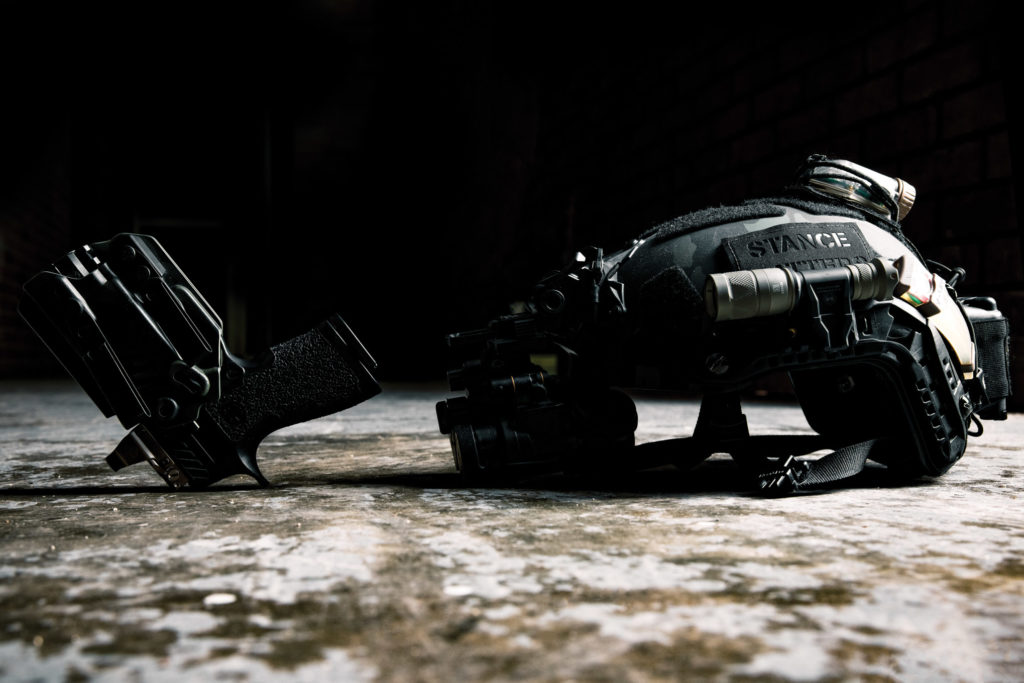
Passive Aiming, or looking through your optic under night vision seems like an example of “what was old is new again.”
DJ: I wasn’t about the whole passive aiming thing until I got out of the military. Why would you want to look through one tube, and line it up with a smaller tube while shooting at night with people moving around you? We just spent $3 million to build an operator up to make everything easy, and you want to make the one thing that should be easy, now harder. I didn’t get it.
If you’re not using a raised mount, it’s not even the same thing on the shot timer. That’s a stance that we believe in: head’s up shooting. If you bring those optics higher, it makes you shoot from a head’s up posture. If I throw my weapon system out and that laser does not turn on, then I can shoot through my optic, but I am never banking on it.
Slade: Soldiers have been recovering night vision equipment for years overseas, and it’s no secret that there are forces pursuing a similar night vision capability to the United States. On top of that, night vision technology is getting cheaper and easier to acquire. The world has watched how the United States has done business for the last 20 years, and we don’t want to fall into complacency.
Passive aiming is a good skill to have. There’s no down side to being able to make a well-placed shot at night, on NODs effectively and quickly without putting out a light signature, even an IR laser.
If you could leave a student with one vital habit that you wish you had learned early on as a SEAL, what would it be?
GBRS Group: Understanding why you’re doing what you’re doing. I think back on all the time I wasted while in training because I didn’t know the connection between what I was practicing and reality. Without understanding this, you can have the best training in the world, and it all be for nothing.
We started GBRS Group because the vast majority of experience got washed away too early when too many guys got killed or got hurt and had to step down. I don’t want to see another ticker on the news. Another soldier killed overseas or another police officer shot. We want to help the people who are still in the fight, in order to save as many lives as we can.
Find your Why.
It’s not uncommon to see veterans struggling with belonging or finding meaning in their new lives. And this is no longer restricted just to the veterans. What advice do you have for finding that why?
GBRS Group: For Veterans, I have to say thank you. Because what I see more often than not are the ones who suf-
fer the worst are the guys who gave a shit the most. The guys who wanted nothing but to be a Green Beret, Ranger, SEAL, name it, and had it taken from them in an injury or they got to an organization who let them down. I say thank you for giving it 100%.
The people who get out of college, who struggle to find their why. There is no set plan. You have to go make it happen. Go make your own tribe. You have to surround yourself with people who’s goals are aligned and are either struggling with the same stuff or have been before.
Luckily for me, all the shit that I went through, all of my friends have been through it too.
You’re supposed to be confused right now. Everyone is searching for a sense of purpose. In the SEAL teams, the guys that wanted to be there were the ones giving it their all. It’s a deal with the devil that you make in that selec- tion process, you have to be able to give up everything.
But now, you create your own universe.
I thought I was going to be a Navy SEAL forever, but I had to leave eventually. But there’s so much living to be done after the military.
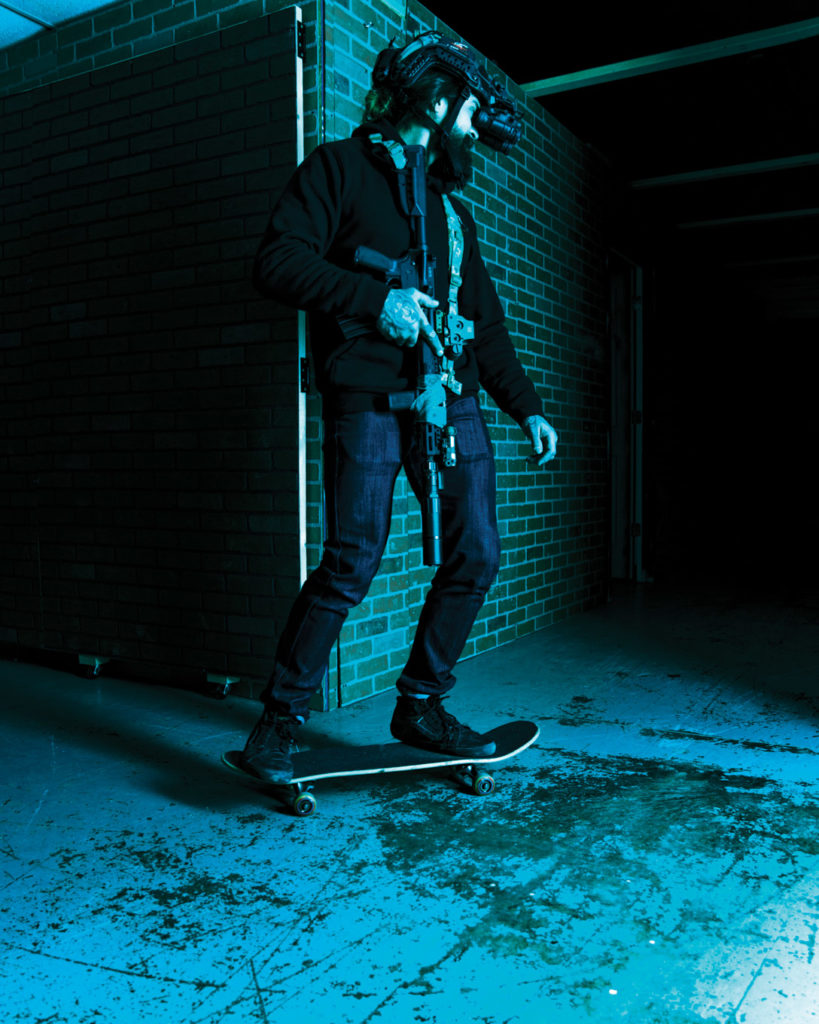
GBRS Group
URL: www.gbrsgroup.com
IG: @gbrsgroup
Name: DJ Shipley
IG: @tribesk8z
Age: 35
Favorite Quote: “How far are you willing to go? Farther than you.”
Recommended reading list: The Talent Code by Daniel Coyle, Legacy by James Kerr
Favorite skate shop: Tribe Sk8z
Where did you learn to skate? Chesapeake, Virginia. The older guys that lived down the road got me started.
Preferred Handgun: Sig P320 Legion
First Tattoo? Shark on my right calf, which has been covered up.
Childhood idol/hero? My dad, because he could beat the brakes off your dad.
Choice night vision? Four-Tube White Phosphor
Ear pro mounted to helmet or under? Under. It gives me more options.
Name: Slade Cutrer
IG: @slayderaider
Age: 36
Favorite Quote: “Learn the rules like a pro so you can break them like an artist.” — Pablo Picasso
Recommended reading list: The Frontiersmen by Allan Eckert
Favorite skate shop: Tribe Sk8z
Where did you learn to skate? Hawaii and Washington state when surf was flat and the snow was sh*t.
First tattoo? I got a honu (sea turtle) on my lower calf when I was 16. My buddy from Tahiti drew it for me.
Childhood idol/hero? None in particular; Jeremy McGrath and Vietnam-era SEALs would be the closest thing.
Choice night vision? WP 4 tubes (GPNVG-18)
Ear pro mounted to helmet or under? Under, officers and army dudes wear them on their helmets. You always need ear pro and comms, and it’s nice to take your helmet off when able.
EDC: Custom TXC Holsters X1:Pro GBRS Variant, Agency Arms Sig P320 X-Carry
Name: B. Cole Fackler
IG: @therealphatty
Age: 36
Favorite quotes: “Success is not final, failure is not fatal: it is the courage to continue that counts.” — Winston Churchill
Favorite skate shop: Tribe Sk8z
Where did you learn to skate? In my driveway Preferred handgun: Agency Arms
First tattoo: Tribal arm band when I was 16 years old
Childhood idol/hero? Laird Hamilton
Choice of night vision? Fusion (NV + thermal)
Ear pro mounted to helmet or under? Under
MORE SURVIVOR SPOTLIGHTS ON OFFGRID:
- Brady Pesola: Ensuring a Safe Passage for Veterans.
- John Nores: The Patron Saint of Mother Nature.
- Jeff Franklin: The Commando Whisperer.
- Tom Marshall: The Inside Man.
- Mike Glover: Redefining Survival.
- Byron Rodgers: Superior Security Specialist.
- Unobtainium Gear Active Night Vision Recording System: Taping what you see.
- Night Vision Goggles: A Double Primer.

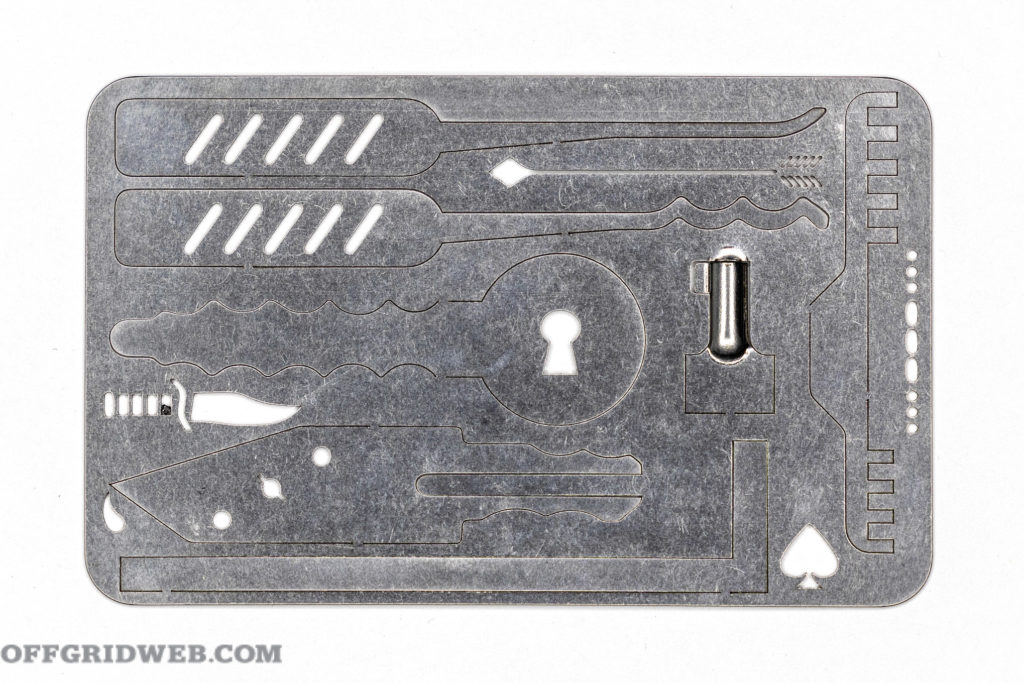
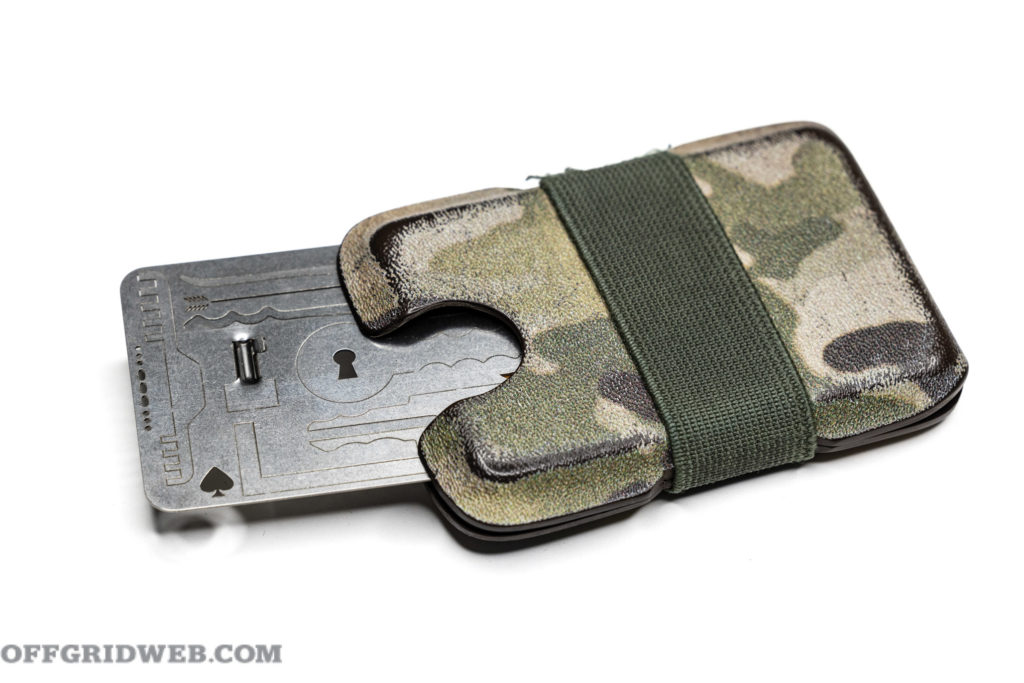
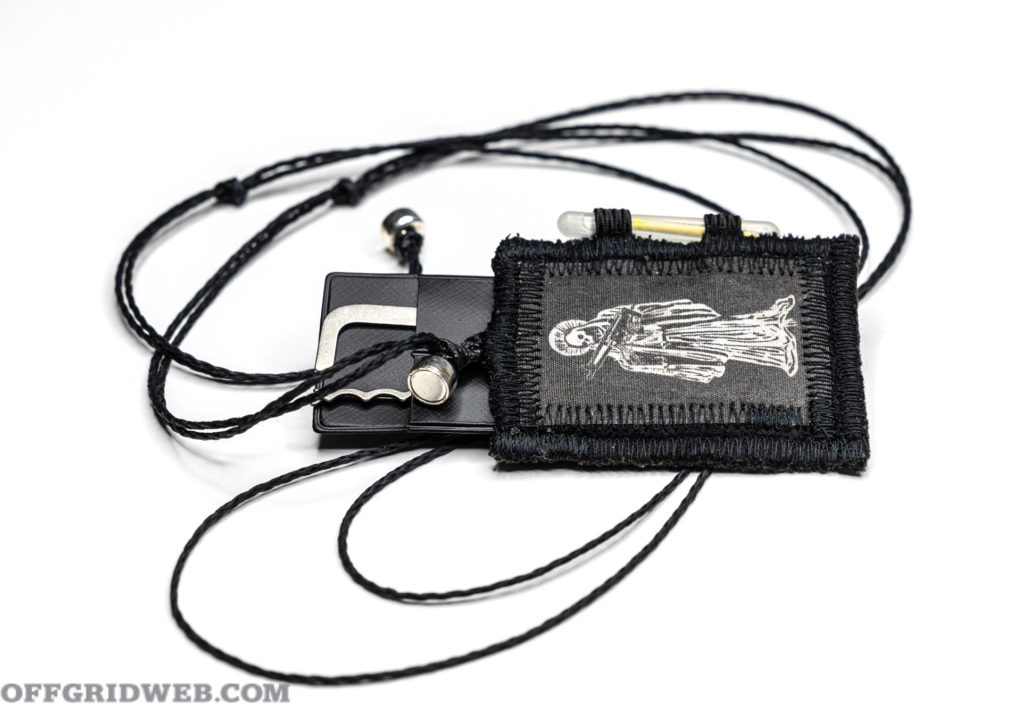
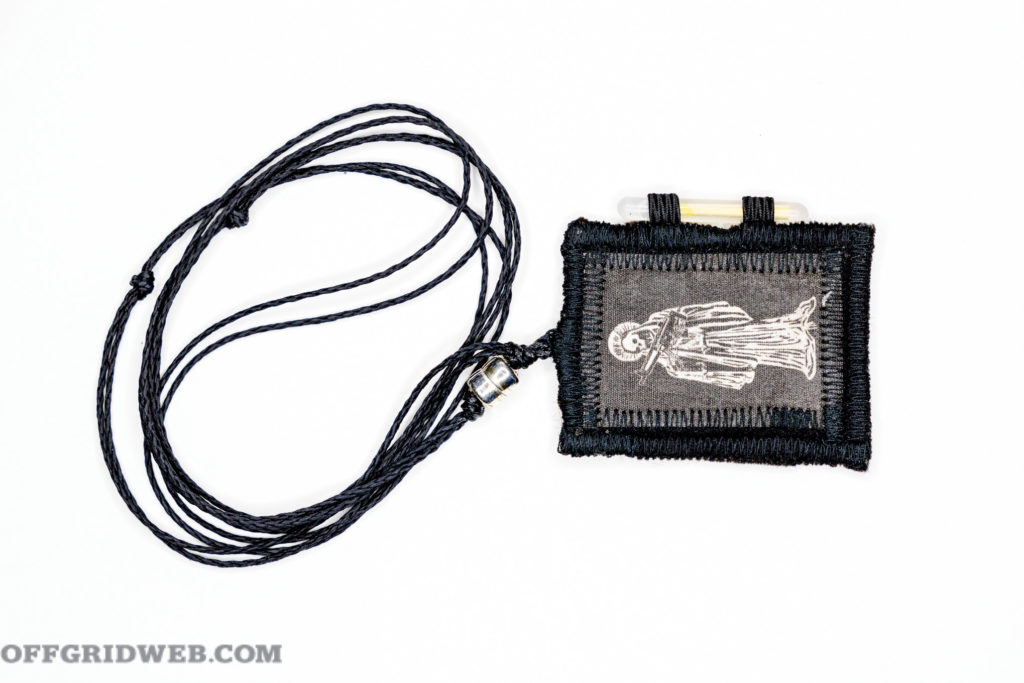
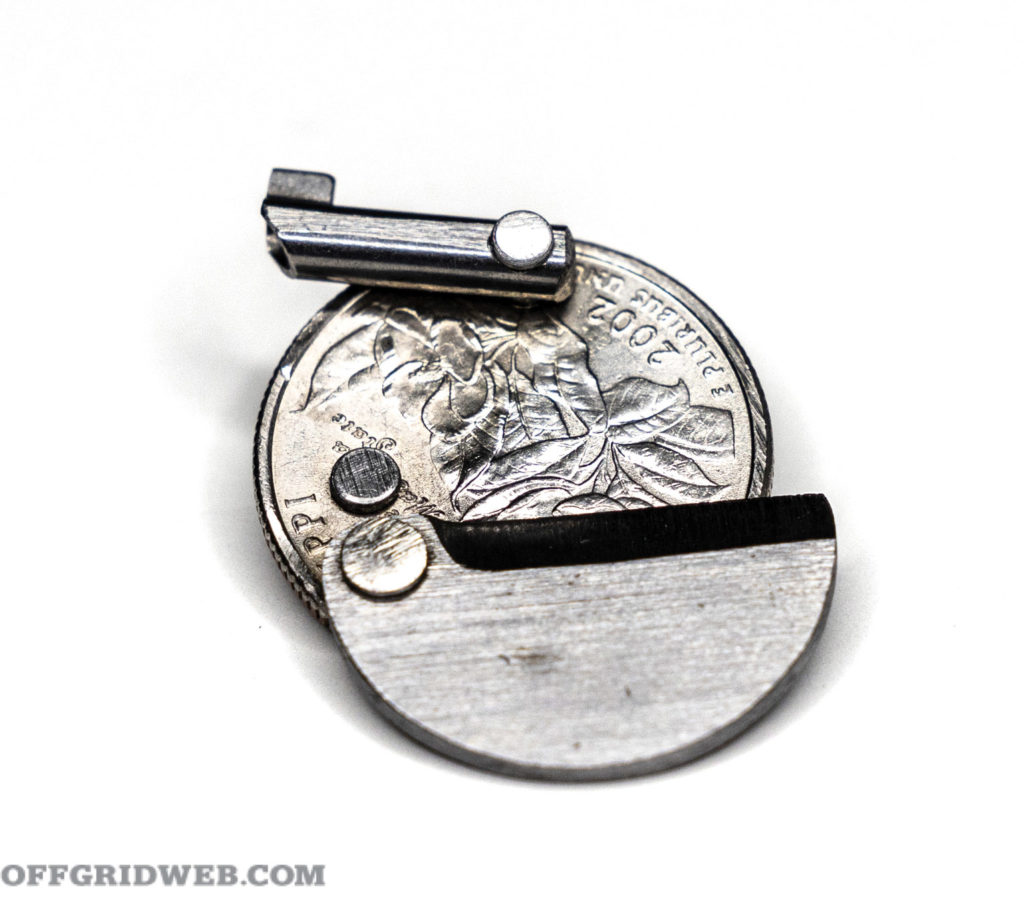
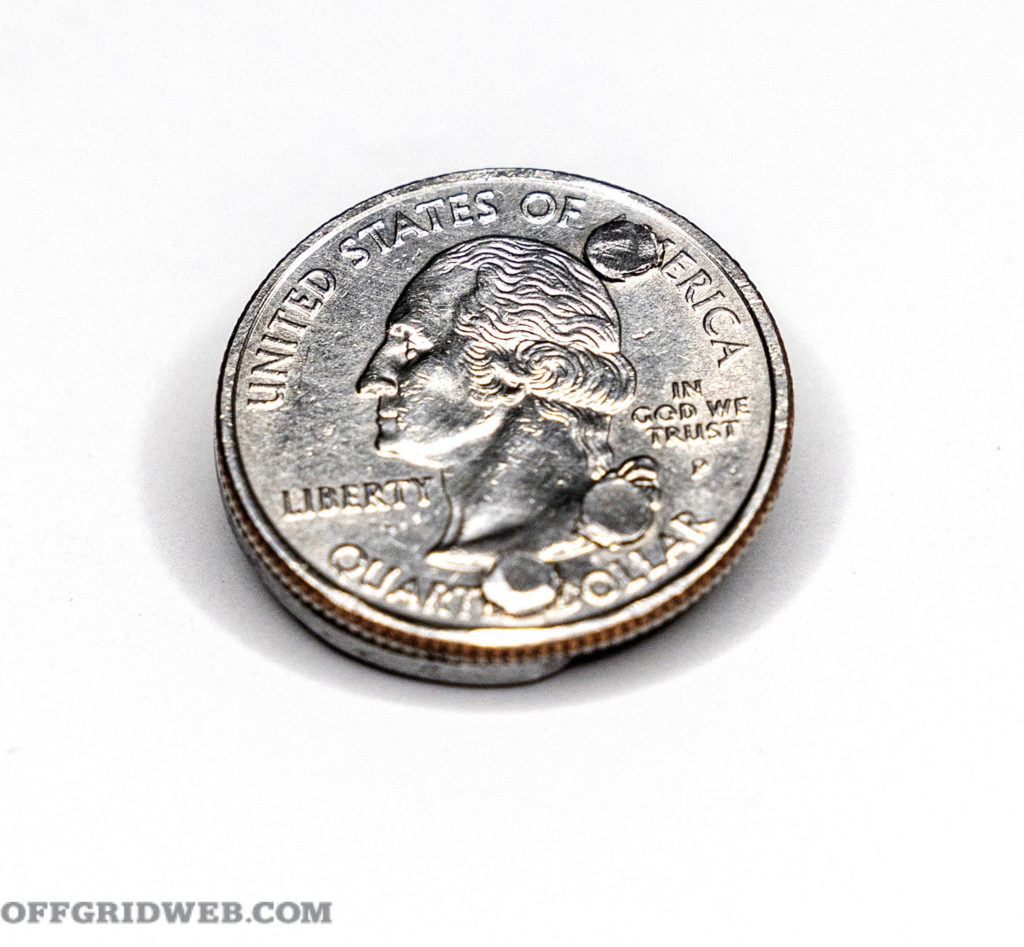
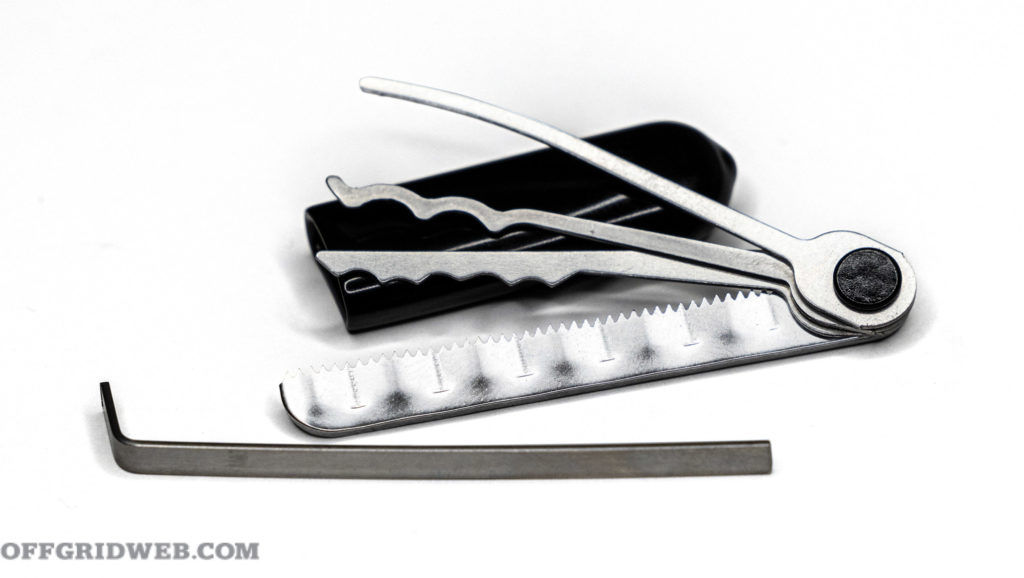
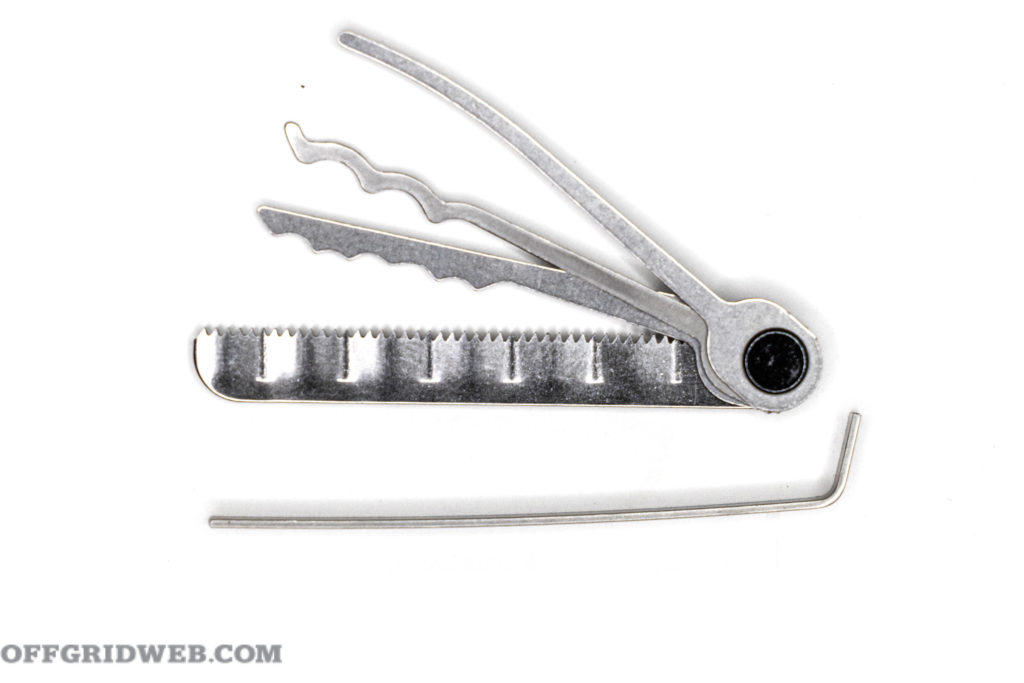
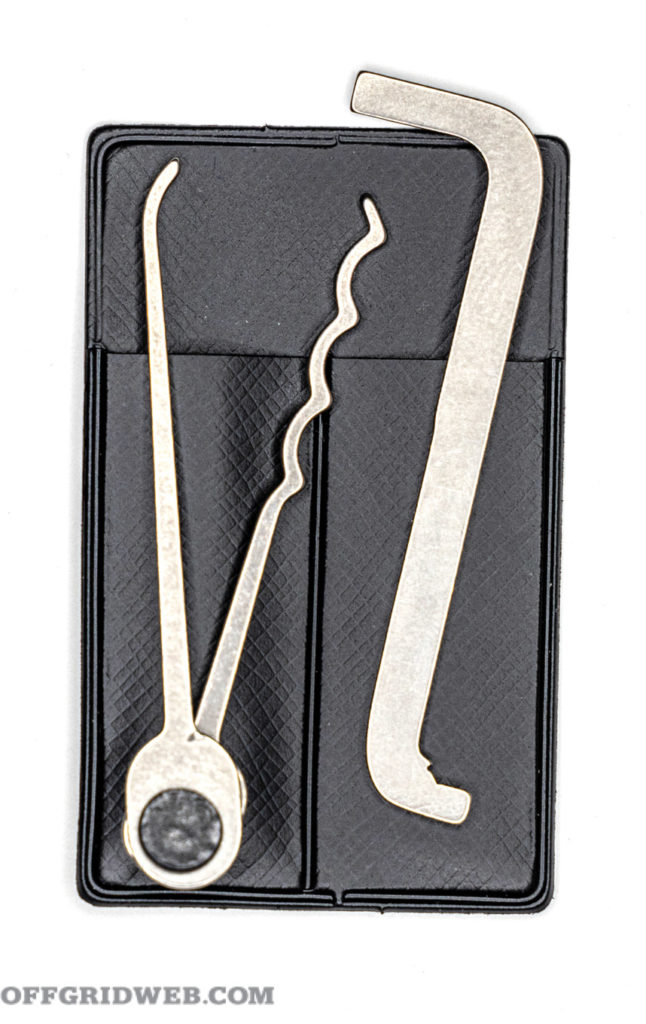
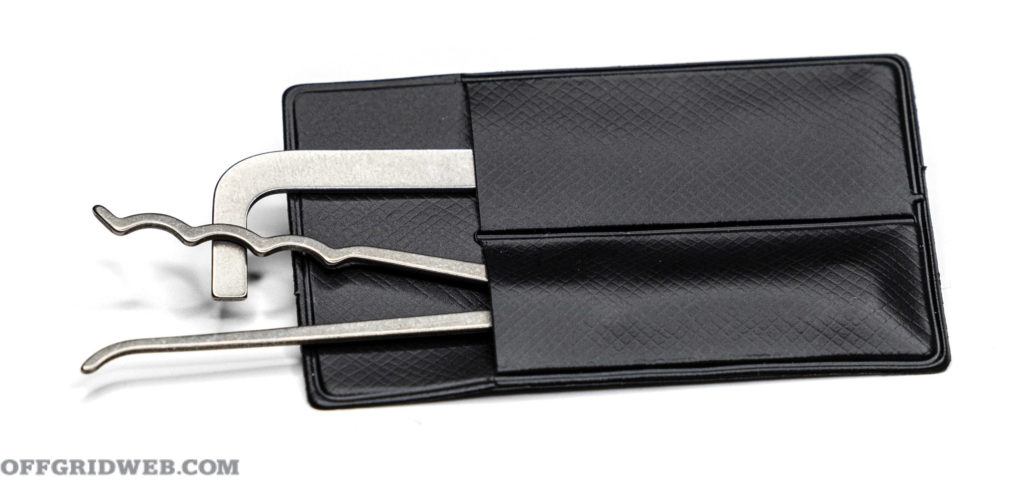
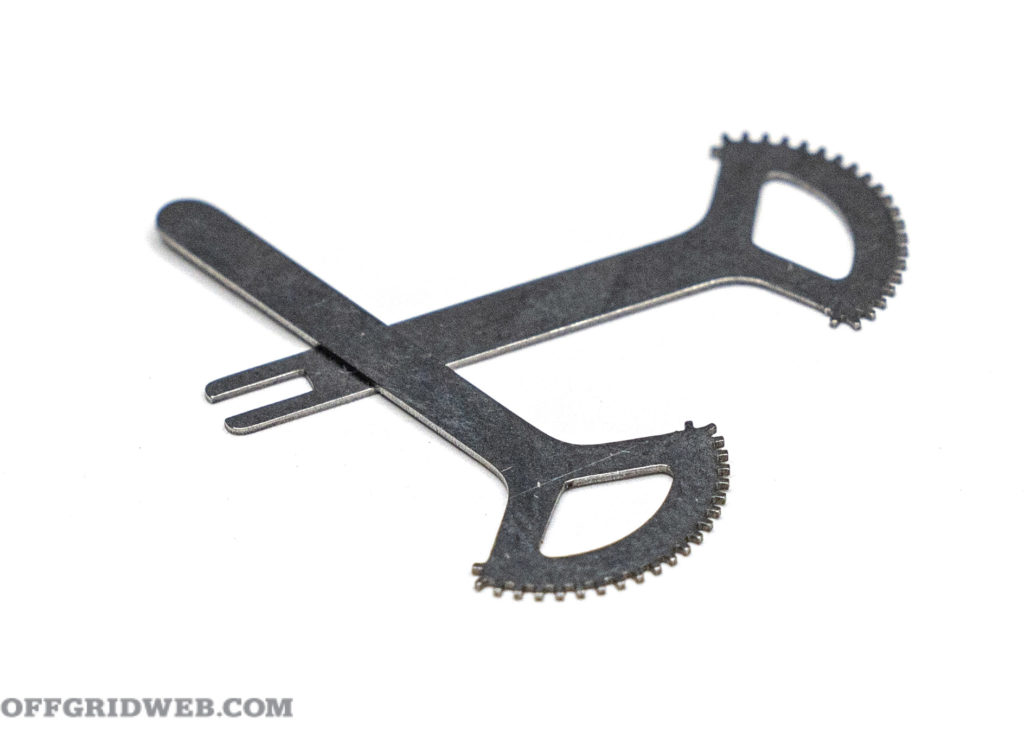
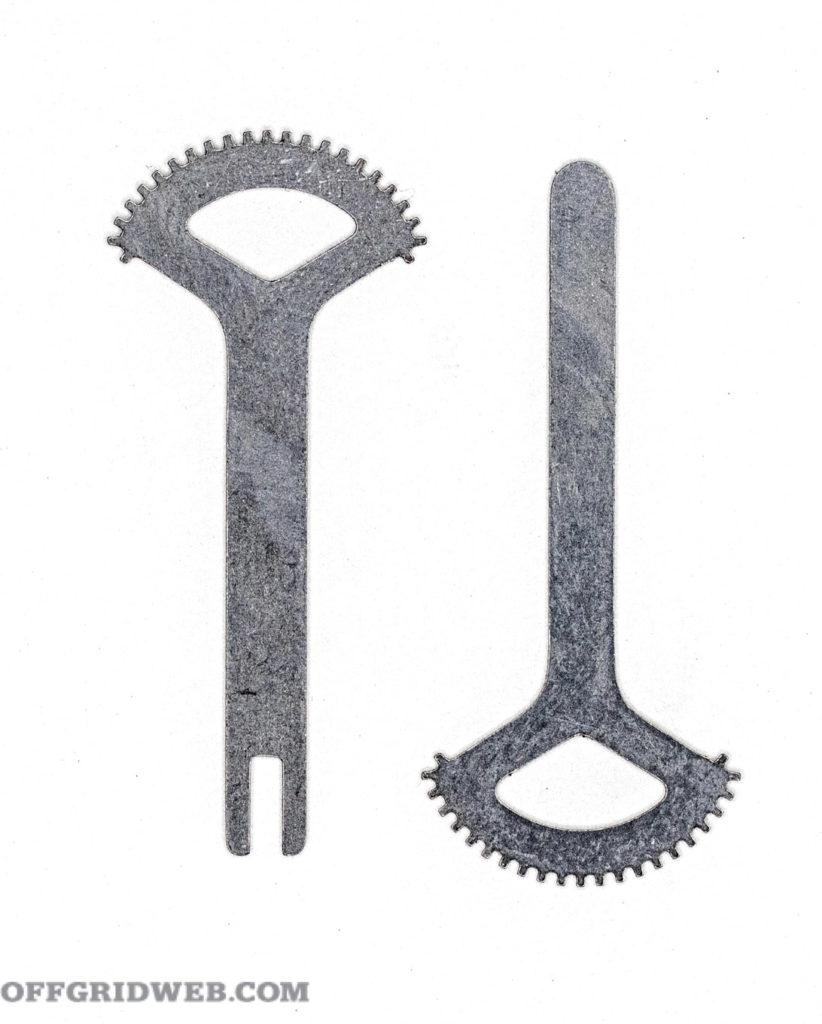
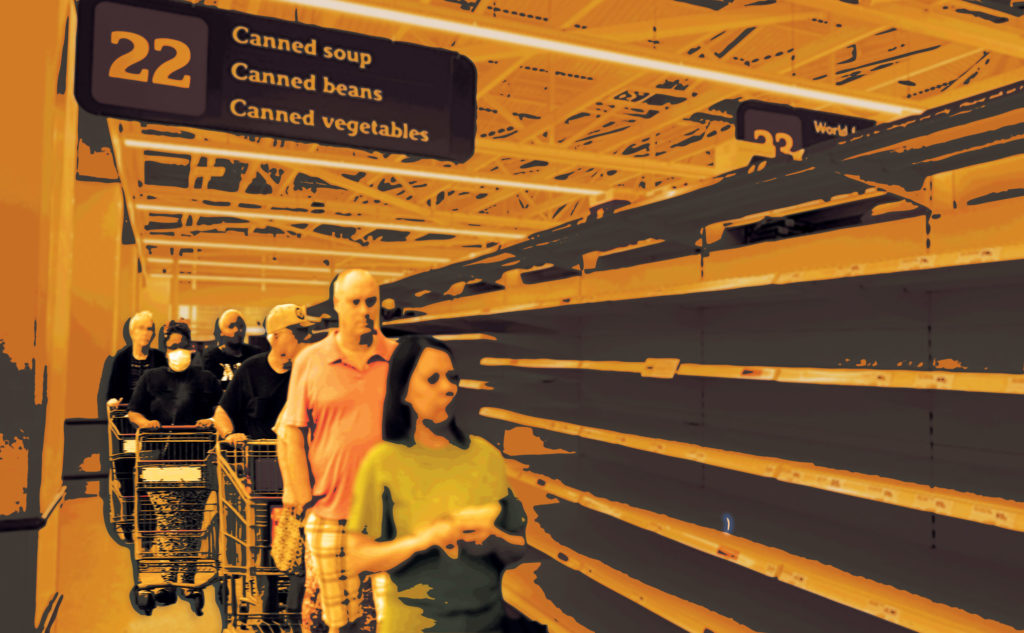

 Alexander Crown is a former U.S. Army Paratrooper who spent time in a scout/sniper platoon in OIF. He has extensive experience in firearms, particularly silencers. Alexander spends his time exploring Idaho hunting, fishing, and camping. He’s a lifelong practitioner of preparedness emphasizing self-reliance and organic gardening. Alexander is also a regular contributor to RECOIL and RECOIL OFFGRID.
Alexander Crown is a former U.S. Army Paratrooper who spent time in a scout/sniper platoon in OIF. He has extensive experience in firearms, particularly silencers. Alexander spends his time exploring Idaho hunting, fishing, and camping. He’s a lifelong practitioner of preparedness emphasizing self-reliance and organic gardening. Alexander is also a regular contributor to RECOIL and RECOIL OFFGRID. Mor
Mor